Tamarind (Tamarindus indica, Fabaceae), a tropical fruit found in Africa and Asia is highly valued for its pulp Tamarind fruit pulp has a sweet acidic taste due to a combination of high contents of tartaric acid and reducing sugars The pulp is used for seasoning, in prepared foods, to flavourOct 11, 15 · Tamarind Fruit, Leaves, Flower, Bark Uses, Research Tamarind fruit is used in making Sambar in Indian cooking, also useful in treating cardiac disorders, non healing wounds, anorexia etc Its oil and Kshara (water insoluble ash) are also used in treatment Botanical name Tamarindus indica Linn Family CaesalpiniaceaeI ABSTRACT Tamarindus indica l leaves extract was evaluated against six bacterial strains (2 Grampositive and 4 Gramnegative) known to cause food spoilage Functional groups of Tamarindus indica l leaves were evaluated using the Fourier transform infrared (FTIR) spectroscopy The leaves were extracted by the Soxhlet extraction using aqueous and organic

Tamarindus Indica Fruit Tamarindus Indica Leaf Fruit Ey Flickr
Chemical constituents of tamarindus indica leaves
Chemical constituents of tamarindus indica leaves-And aqueous Tamarindus indica leaves extracts on infected rats with Entamoeba histolytica Twentyone Rattus norvegicus rats were infected with Entamoeba histolytica and divided into seven groups (three rats in each group) Groups (1, 2, and 3) were treated with aqueous Tamarindus indica extracts at doses 125, 250, andTamarind leaves are available in the spring Current Facts Tamarind leaves, botanically classified as Tamarindus indica, come from one of the largest trees of the tropics that can reach up to thirty meters in height with a canopy that spans twelve meters across and



Prickly And Bitter Magical Tamarind
Apr 14, 21 · Tamarind, (Tamarindus indica), evergreen tree of the pea family (Fabaceae), native to tropical Africa It is widely cultivated in tropical and subtropical regions for its edible fruit, the sweet and sour pulp of which is extensively used in foods,Tamarindus indica is a large perennial tree often cultivated as ornamental and shade tree, for its valued timber and for its edible fruits Because of the tamarind's many uses, cultivation has spread around the world, mostly in tropical and subtropical zones In many areas where it was originally cultivated, it has escaped and can now be found naturalized in bushlands, grasslands, coastalThus, tamarind leaves can be regarded as a potential source of interesting phytochemicalsKeywords Tamarindus indica L;
Analgesic activity of the ethanolic extract of the Tamarindus indica leaves at a dose of 0mg/kg & 400mg/kg was evaluated against the standard drug DiclofenacNa at a dose of 25mg/kg Adult Swiss albino mice of either sex of divided in to 4 groups comprising six numbers in each group was undertaken for study and evaluated by tail immersion methodJun 01, 03 · Abstract The allelopathic potential of the Tamarindus indica L leaf was investigated through bioassay guided studies using several weed and edible crop species Both radicle and hypocotyl growth of all the plant species tested was strongly inhibited by the tamarind leaf using a sandwich methodCrown dense, widely spreading, rounded;
Tamarindus indica A Review Paper on Efficac y of Tamarind plant in Water Treatment and Purification Aliyu isa (1) leaves, and roots Natural coagulants have bright The genus Tamarindus is a monotypic genus containing the individual species TOct 15, · Tamarindus indica L leafextract preparation Mature leaves of Tamarindus indica L was collected from localities in Bangladesh in the mid of July The plant species was confirmed by a botanical taxonomist of Bangladesh National Herbarium, Mirpur, Dhaka, Bangladesh (Accession No )Sep 01, 19 · The oral administration of hydroethanolic extracts of T indica leaves to Wistar rats at doses of 500, 750, and 1000 mg/kg body weight produced significant (p < 001) antiinflammatory and antinociceptive actions in a dosedependent manner 41 Similar study in albino rats showed that an aqueous extracts of T indica leaves exhibited significant (p < 005) dose


Tender Tamarind Leaves Pink Lemon Tree



Big Tamarind Tree In Garden Stock Image Image Of Abstract Close
Toxic IntroductionLeaves from Tamarindus indica L (Caesalpiniaceae) are edible and have medicinal value (Duke 1981;Havinga et al 10)Oct 07, 15 · USDA Zone 9b to 11 Difficulty Easy Other Names Tamarindus indica, tamarindo, tamarin, tamarinier, tamarinier des Indes, tamarindier, tamarinde, sampalok, asam jawa, ambli, imli, chinch, makharm Tamarind tree is native to Africa and grows like a wild plant in Indian subcontinent It's also grown across Southeast Asia, South America and tropical parts ofLeaflets narrowly oblong, 1232 x 311 mm, petiole and rachis finely haired, midrib


Tamarindus Indica Fabaceae Image At Phytoimages Siu Edu



Tetul Tamarind Tamarindus Indica
Bark rough, fissured, greyishbrown Leaves alternate, compound, with 1018 pairs of opposite leaflets;The mass of brightgreen, fine, feathery foliage is composed of pinnate leaves, 3 to 6 in (7515 cm) in length, each having 10 to pairs of oblong leaflets 1/2 to 1 in ( cm) long and 1/5 to 1/4 in (56 mm) wide, which fold at night The leaves are normally evergreen but may be shed briefly in very dry areas during the hot seasonEfficacy of Tamarind Tamarindus indica Leaves and Mango Mangifera indica Leaves as Feed Additives on Growth, Blood Status and Resistance to Aeromonas hydrophila in Juvenile African Catfish Clarias gariepinus


Tamarindus Indica L Nature
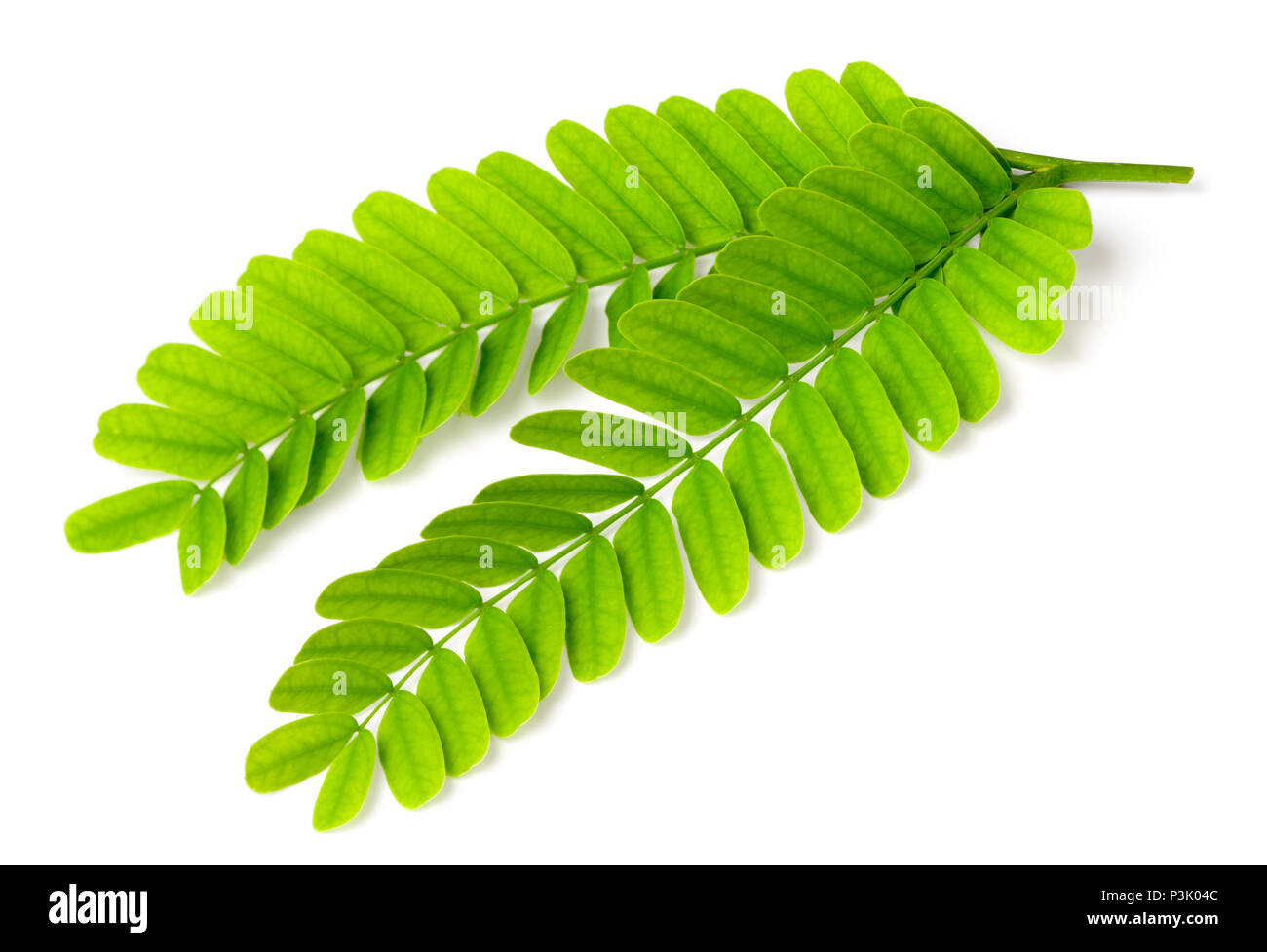


Page 3 Tamarindus High Resolution Stock Photography And Images Alamy
IDENTIFIED COMPOUNDS IN TAMARINDUS INDICA L LEAVES EXTRACT 1 BY GCMSIn nhexane fraction, all extracted compounds result already identified in the extract 1 Even when chloroform and nhexane belong to the same category of nonpolar solvents, their diverse polarities allow chloroform fraction to extract different kinds of compounds, mainly those with acidic characteristicTamarindus indica Tamarind tree Family Fabaceae Common name Tamarind tree Leaves are quite distinct, pinnately compound, each leaf containing 1015 pairs of small leaflets The leaves are about 15 cms long, and the leaflets about 23 cms long Tamarind trees produce inconspicuous yellow flowers that with orange and red streaksJun 27, 19 · EscalonaArranz JC, PerezRosés R, RodríguezAmado J, MorrisQuevedo HJ, Mwasi LB, CabreraSotomayor O, MachadoGarcía R, FongLórez O, AlfonsoCastillo A, PuenteZapata E Antioxidant and toxicological evaluation of a Tamarindus indica L leaf fluid extract Natural product research 16 Feb 16;30(4)4569 Cited 27 June 19



Tamarindus Indica Fruit Tamarindus Indica Leaf Fruit Ey Flickr
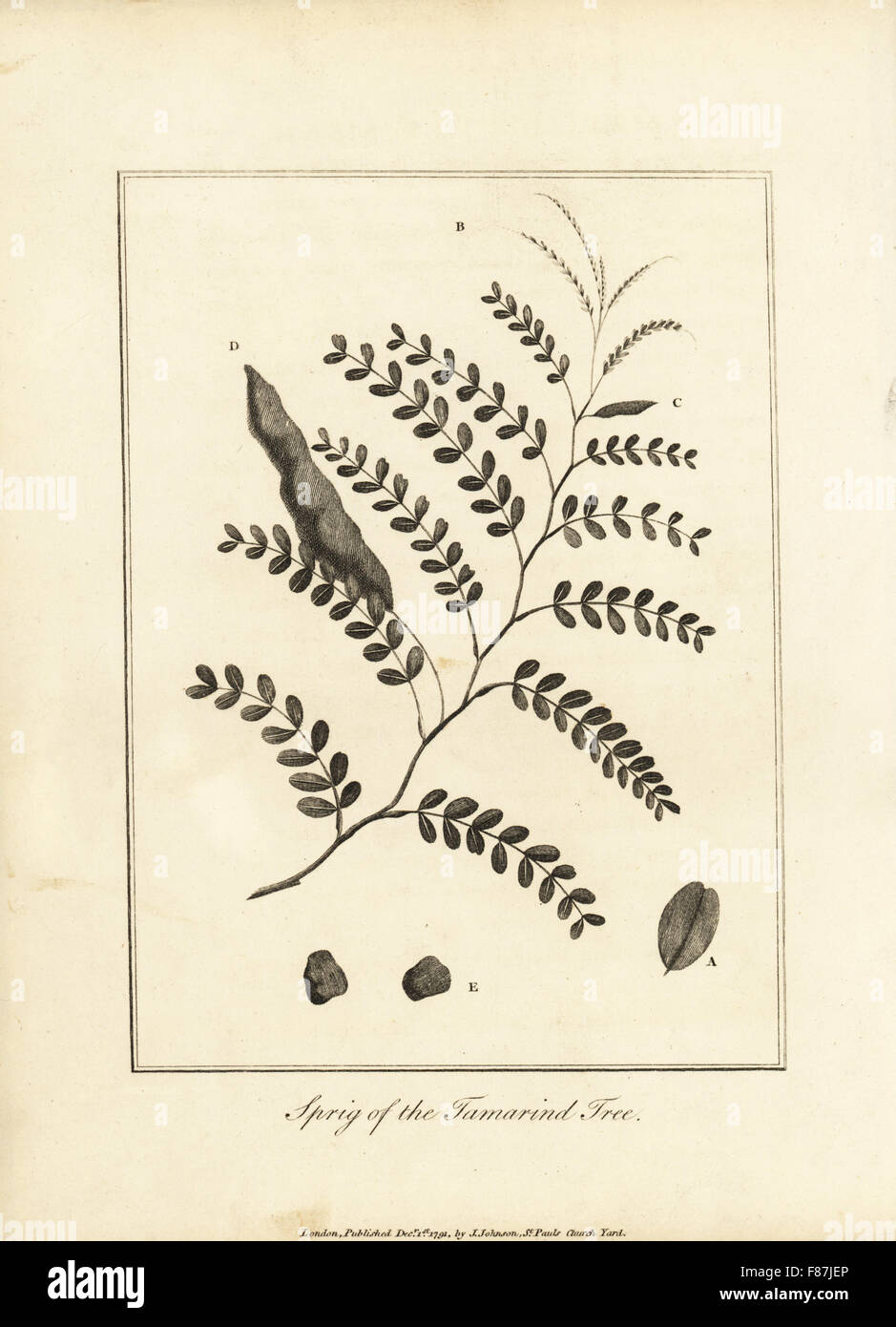


Sprig Of The Tamarind Tree Tamarindus Indica With Leaves And Pod Stock Photo Alamy
Sep 28, 18 · The study was conducted to determine the phytochemical composition and antibacterial activity of Tamarindus indica leaves and fruits extracts against clinical isolates of Escherichia coli and Shigella sp isolated from stool samples of pregnant women attending antenatal clinic Potiskum, Yobe State, Nigeria Preliminary phytochemical analysis was conducted using(Madras Presidency) leaves, young shoots, and fruit eaten Seeds converted into meal;Sep 01, 14 · Tamarindus Tamarindus indica L (T indica ), belongs to the family Leguminosae (Fabaceae), commonly known as Tamarind tree, is one of the fruit tree species that is used as traditional medicine The aim of this article is to review the current literatue on health related effect of T indica Literature review about this plant was conducted between 03 and 14 through



Fresh Tamarind Leaves Isolated White Background Stock Photo Image By C Amylv
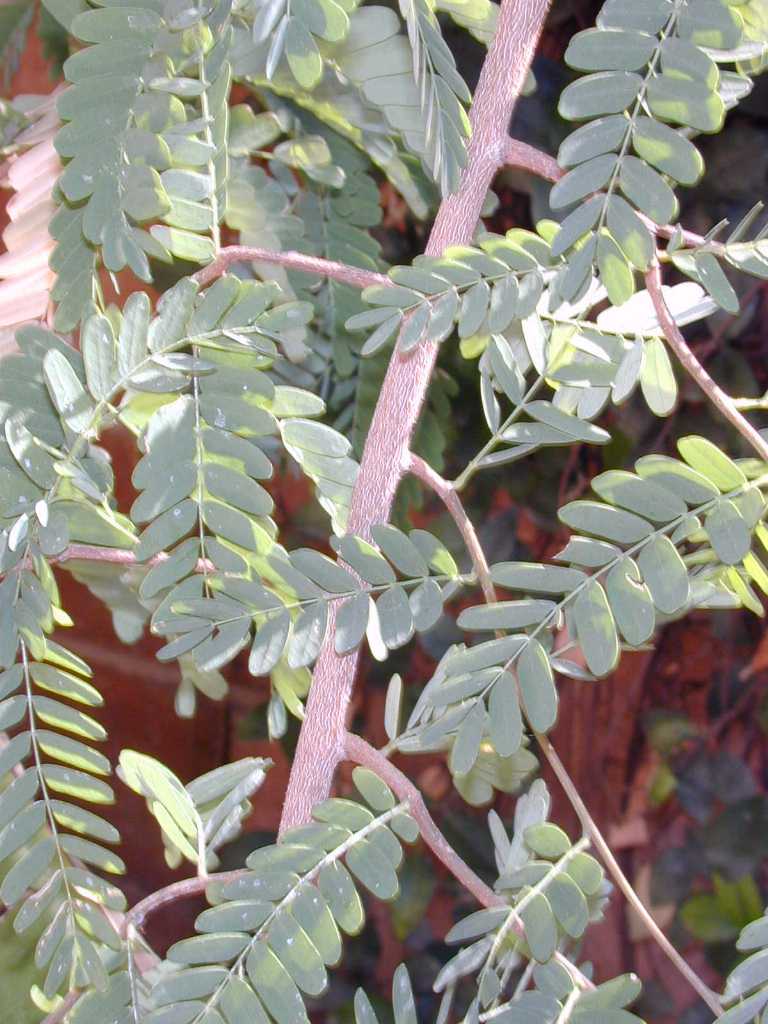


Tamarind Tamarindus Indica
100% Pure Natural Sun Dried Tamarind leaves (Tamarindus indica ) Leaves Free Shipping from Sri Lanka SLGreenCart 5 out of 5 stars (5) $ 999 FREE shipping Add to Favorites Caribbean Tamarind Leaves 40g NaturaltreatsStore 45 out of 5 stars (10) $ 14 Only 1 available and it(Rajasthan, western) leaves, fruit and flowers eaten Fruit used for making juice Seeds fried and eaten separately or mixed with Jowar (sorgum) or Bajra (millet) or other coarse grains(sic) Seeds and leaves eaten raw of pounded and mixed with other grainsTamarindus indica Linn is belonging to the family Fabaceae, commonly known as tamarind It is indigenous to tropical Africa and exotic to Asia and
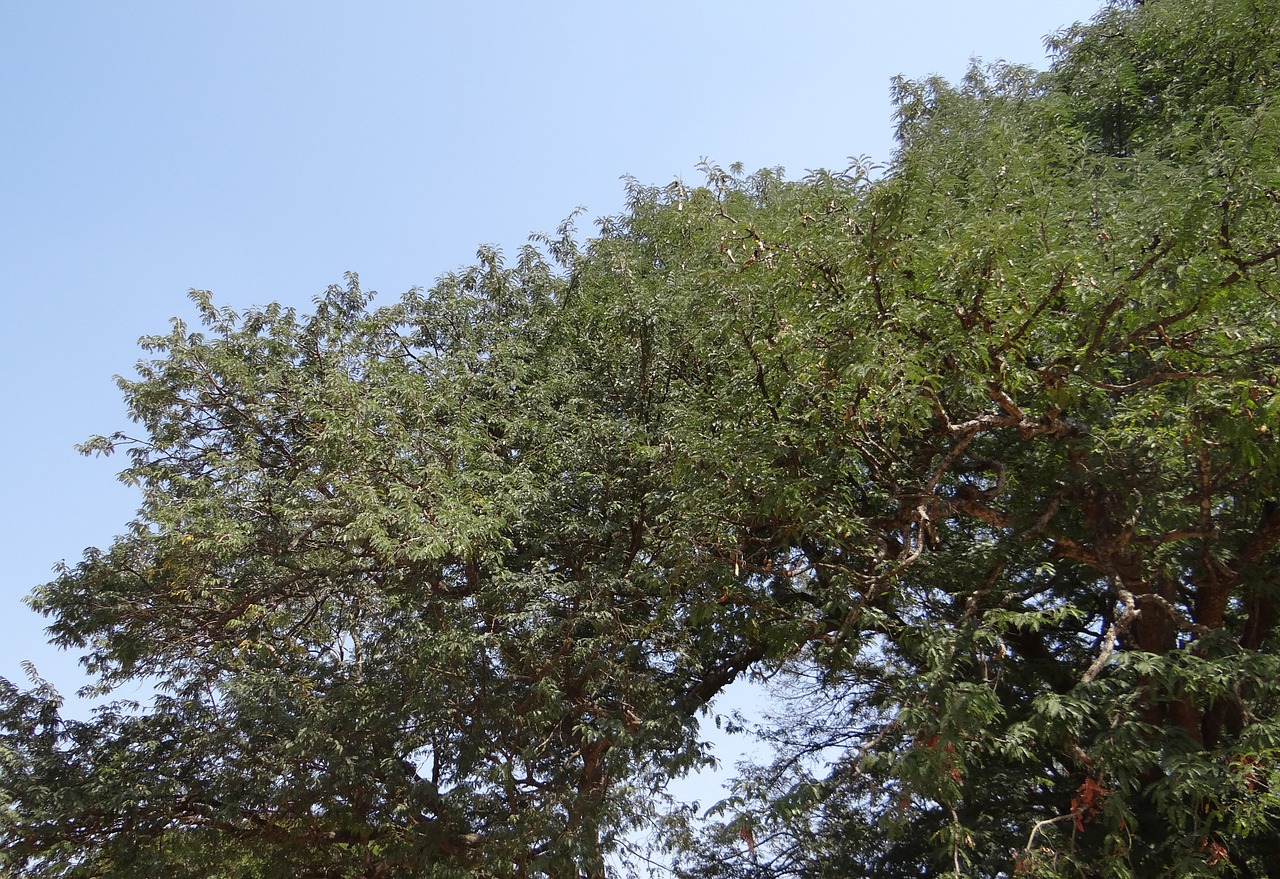


Tamarind Tree Tamarindus Indica Fruit Sour Medicinal Free Image From Needpix Com



Free Images Nature Branch Fruit Leaf Autumn Botany Flora Season India Sour Medicinal Woody Plant Land Plant Tamarind Tree Tamarindus Indica 39x2655 Free Stock Photos Pxhere
Abstract Tamarind (Tamarindus indica L) is a multipurpose tropical tree used primarily because its fruits and leaves have eatable properties Both parts of the plant have also medicinal uses, butJul , · Tamarind trees (Tamarindus indica) grow up to 100 feet tall and can live for over 0 years The tree has a short trunk with strong, drooping branches and soft, airy leavesJun 27, 17 · Tamarind leaves, commonly known as 'Imli Patta' in India are the leaves of plant Tamarindus Indica which is a tall shade tree native to Africa but is widely grown in Asia as well It is believed that Arab traders introduced tamarind to India and since then, we have become the largest producer of tamarind Besides the tangy tamarind, its bright green leaves can also be used
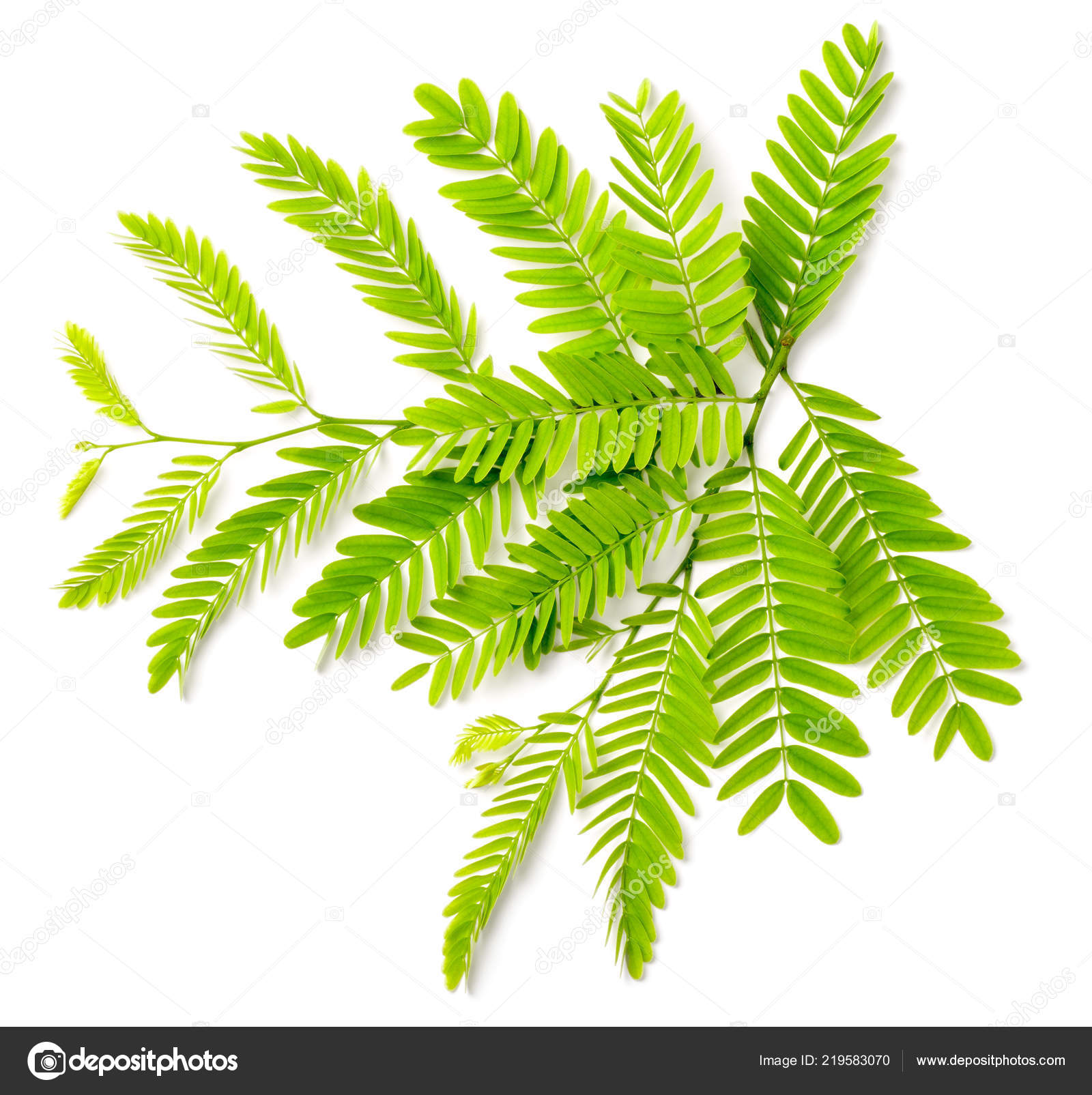


Fresh Tamarind Leaves Isolated White Background Stock Photo Image By C Amylv


Wfo Taxon Details The William Lynda Steere Herbarium
Antiseptic properties Tamarindus indica leaves were popular as gentle laxative and it was also used as a treatment for sprains and swelling In the Philippines, Tamarindus indica leaves are used to make herbal teas and they were also used as anthelmintic (Tarla Dalal) With this information in mind, it was decided to test the antihyperglycemic properties of Tamarindus indica (tamarind) leavesAbstract Tamarindus indica L leaves are reported worldwide as antibacterial and antifungal agents;Extract and followed by ethyl acetate extracts both in leaf and stem Acetone extract of T indica leaf showed good antimicrobial activity against all the bacteria investigated Keywords Tamarindus indica, leaf and stem, Total phenol and flavonoid content, Antimicrobial activity, Phytochemical, solvents Introduction



Tamarind Flower With Leaves On White Background Tamarindus Indica Stock Photo Picture And Royalty Free Image Image



Tamarind Leaves Benefits And Uses Youtube
Nov 04, 12 · • Potential for Cancer Treatment / Leaves Study evaluated the anticancer potential of various solvent extracts leaves of Tamarindus indica Linn using HL60 cell line The petroleum ether extract of leaves showed more potency than other extracts and suggests a potential in the prevention and management of cancer cell growthInvestigation into the effects of antioxidantrich extract of Tamarindus indica leaf on antioxidant enzyme activities, oxidative stress and gene expression profiles in HepG2 cells Razali N, Abdul Aziz A, Lim CY, Mat Junit SCrude extract of Tamarindus indica leaves exhibited highest enzyme activity of 6438 U/mL, with a yield of 67% while Vigna radiata seeds crude extract revealed 53% yield with enzymatic activity of 5634 U/mLLAsparaginase enzyme purified from Tamarindus indica has activity of ±0847 U/mL with specific activity of 9567



Big Boy Tamarind Leaves 227g Pinoy Warehouse



Pdf Chemical Constituents Of Tamarindus Indica L Leaves
Tamarind Tamarindus indica Fig 1 Ripe tamarind, Tamarindus indica Fig 2 Tamarind pod, pulp and seeds Fig 3 Amli leaves Leaves paripinnate up to 15 cm long, rachis slender, channeled, leaflets 10 pairs, subsessile, oblongHowever, this observation is not completely accurate in the case of Cuba In this article, decoctions from fresh and sun dried leaves, as well as fluid extracts prepared with 30 and 70% ethanolwater and the pure essential oil from tamarind leaves were microbiologically tested against BacillusTamarindus indica Tamarind Page 2 Leaflet venation pinnate Figure 2 Shaded area represents potential planting range Leaf type and persistence evergreen Leaflet blade length less than 2 inches Leaf color green Fall color no fall color change Fall characteristic not showy Flower Flower color red;



Prickly And Bitter Magical Tamarind


Tamarindus Indica L Caesalpiniaceae Joy Adamson Google Arts Culture
Tamarindus indica leaf Contributors Kavitha, A, N Deepthi, R Ganesan, S C Gladwin Joseph Tamarindus indica leaf Canopy compact and spreading Trunk stout with deep furrows, Bark thick, dark brown, cracked Leaves compound Small flowers, yellowish with red veins in the petals Fruit a brown curved pod, seeds enclosed in choclate brownOct 01, 15 · The leaf extract of Tamarindus indica L (T indica) had been reported to possess high phenolic content and showed high antioxidant activities In this study, the effects of the antioxidantrich leaf extract of the T indica on lipid peroxidation, antioxidant enzyme activities, H2O2induced ROS production and gene expression patterns wereTamarindus indica is a large evergreen tree up to 30 m tall, bole usually 12 m, up to 2 m diameter;


Tamarindus Indica Tamarind Tree Richard Lyons Nursery Inc
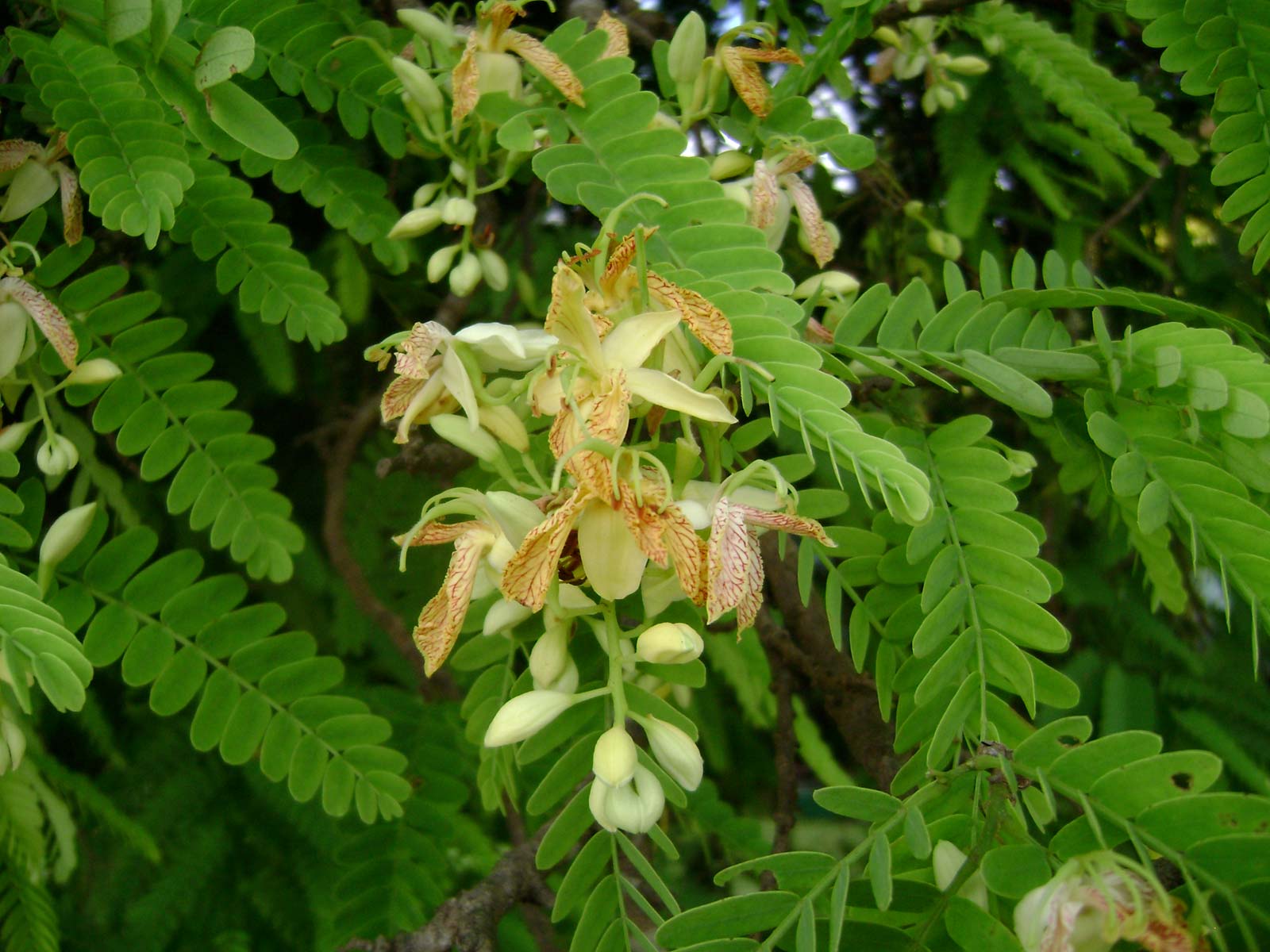


Tamarind Tamarindus Indica Feedipedia
Tamarind fruits were traded widely in ancient times Records from the eastern Mediterranean show Tamarindus indica was already in cultivation there in the fourth century BC On encountering the fruit in western India, Arab seatraders thought the sticky black pulp and seeds of the fruit resembled their native date palm, so they combined their common name for date palm 'Tamr',Tamarindus indica, commonly known as tamarind, is a frostfree, tropical evergreen tree that typically grows to 4060' (less frequently to 90') tall It is native to eastern Africa, but is now commonly grown and in some cases has naturalized in a number of tropical to subtropical areas around the world Tamarind trees feature (a) short stout trunks topped by bushy widespreading crowns with arching branches, (b) ferny, evenpinnate, compound leavesConclusion Ethanolic extract of Tamarindus indica L leaves at 500 mg kg 1 and 1000 mg kg 1 produced antiarthritic effects against S aureus induced septic arthritis in rabbits However, the ethanolic extract at 1000 mg kg 1 orally for consecutive 14 days showed better effects in
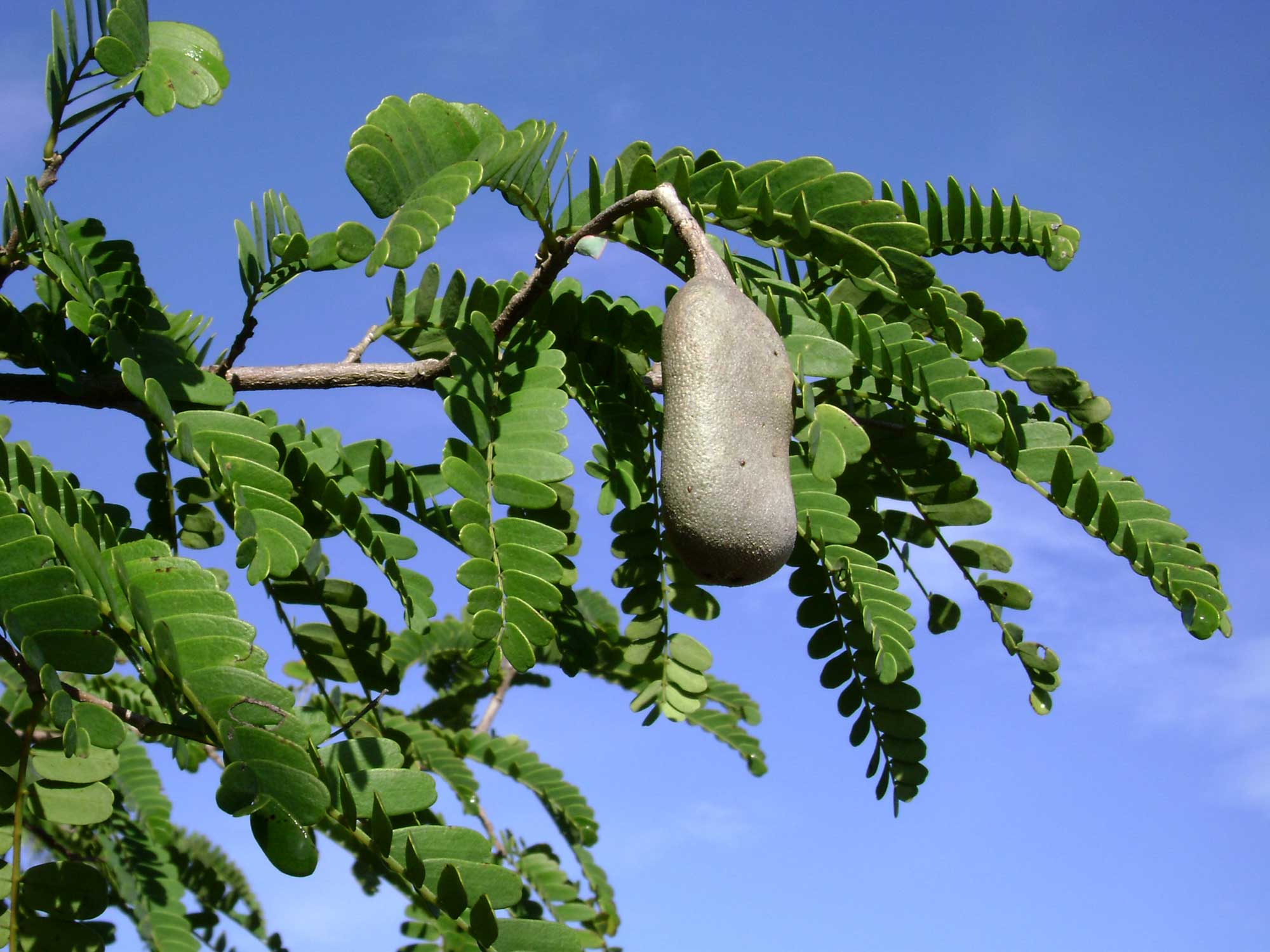


File Tamarindus Indica Leaves Pod Jpg Wikimedia Commons



Pin On Muscular Pain
Jun 13, 19 · Tamarindus indica is a long lived and beautiful fruiting tree, growing up to 30 metres tall with a dense, spreading crown The tree has fragrant flowers and a feathery foliage that is usually evergreen but becomes deciduous in drier regions 0Tamarindus indica Linn (Caesalpiniaceae), is a medicinal plant, used in folk medicine for treating asthma, dysentery, vaginal and uterine complaints, inflammation and variety of other condition In this study methanolic extract of leaves of Tamarindus indica Linn at the doses of



Close Up Green Tamarind Leaves Pattern Texture Background Stock Photo Picture And Royalty Free Image Image



Tamarindus Indica Leaves And Fruit Tamarind Is A Legume Tr Flickr
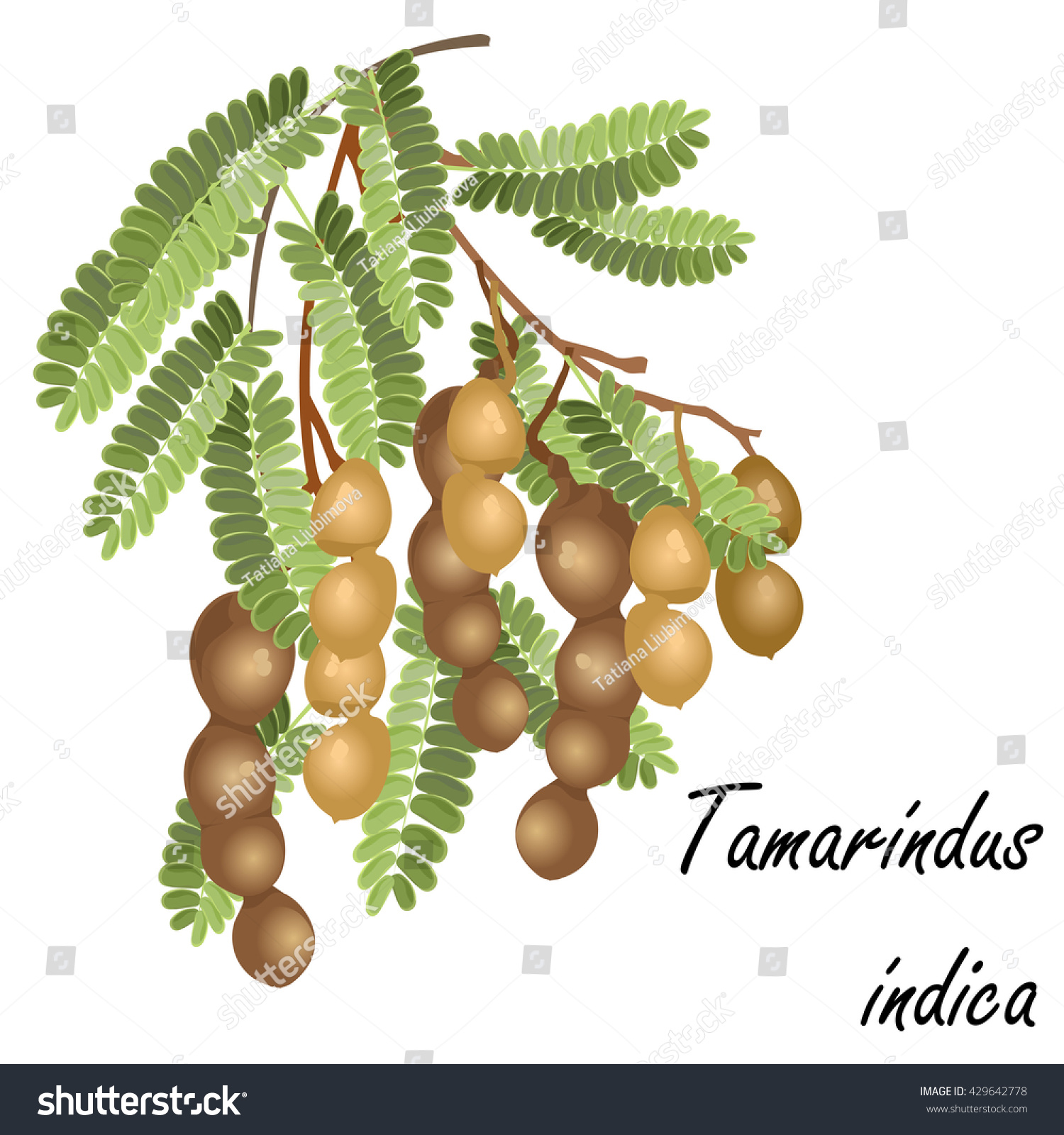


Tamarind Tamarindus Indica Hand Drawn Vector Stock Vector Royalty Free



Tamarind Tamarindus Indica Vintage Engraved Illustration Royalty Free Cliparts Vectors And Stock Illustration Image



Tamarindus Indica L Species India Biodiversity Portal



Tamarindus Indica L Leaf Form And Texture Stock Image Image Of Detail Life



Tamarind Tamarindus Indica Pods And Leaves Stock Photo Image Of Ripe Leaf



Tamarind Tree Leaves Closeup Stock Image Image Of Vegetables Treen
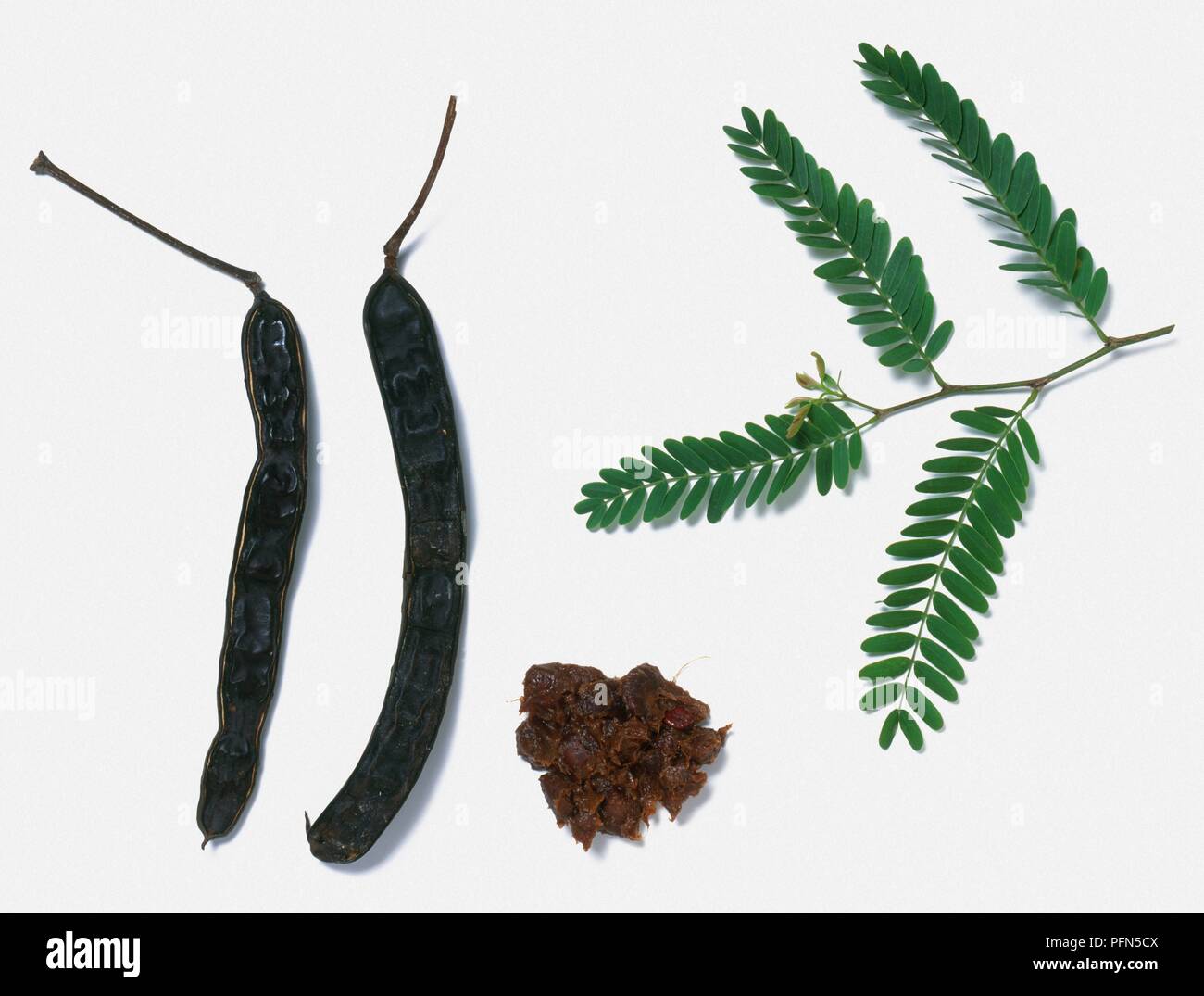


Tamarindus Indica Tamarind Pulp Leaves And Fruit Pods Stock Photo Alamy


Tamarind Tamarindus Indica Seeds



Tamarind Flower Blooming On The Tree Scientific Name Tamarindus Stock Photo Picture And Royalty Free Image Image
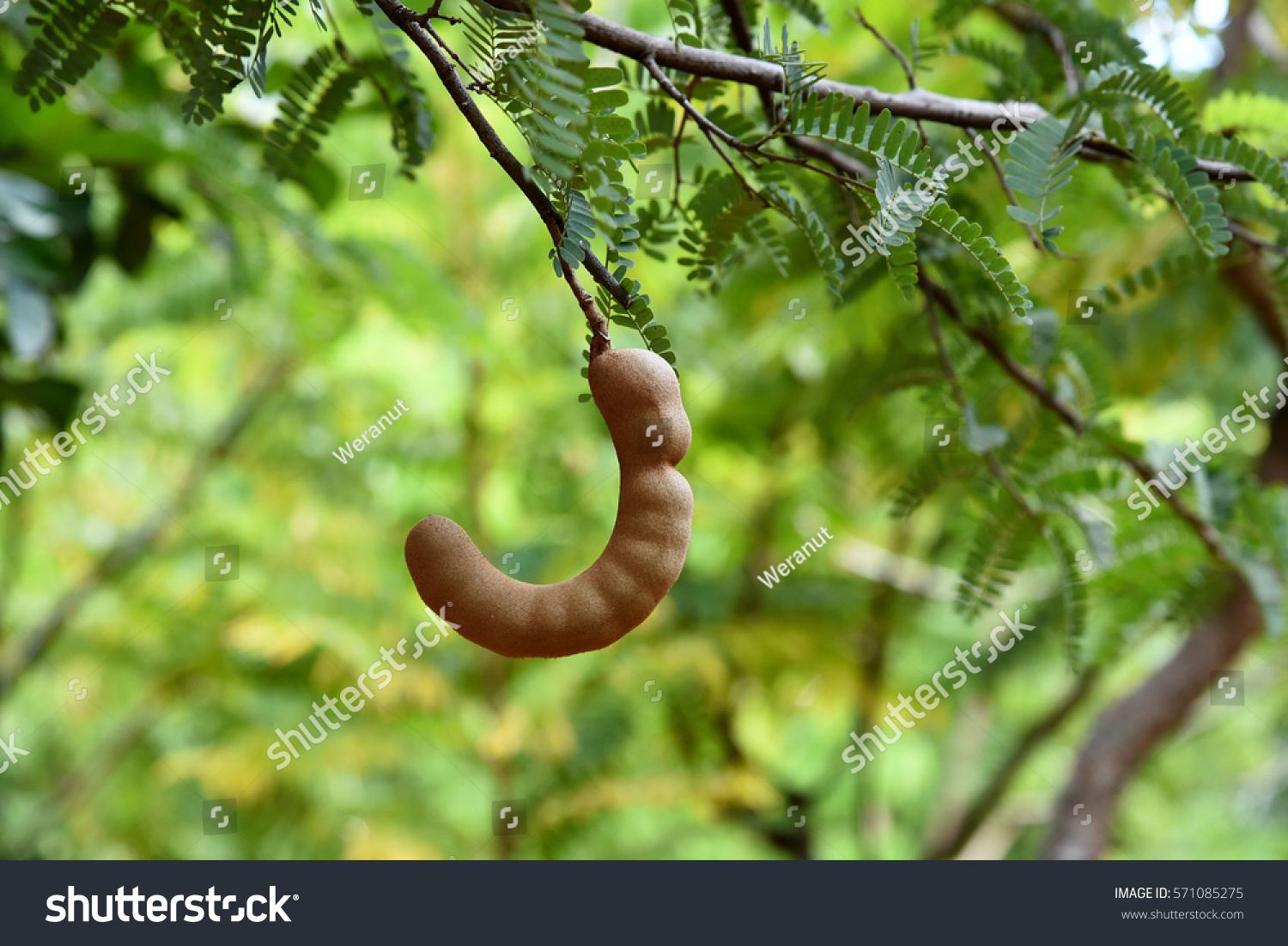


Tamarind Fruit Tamarindus Indica Leguminous Royalty Free Stock Photo Avopix Com


Tamarindus Indica L Plants Of The World Online Kew Science



Tetul Tamarind Tamarindus Indica



Characteristics Of Tamarind Tree Tamarindus Indica In The Wild Names Of Trees



Tamarindus Indica L Species India Biodiversity Portal



Bark On Tamarind Tree Trunk Stock Photo Download Image Now Istock
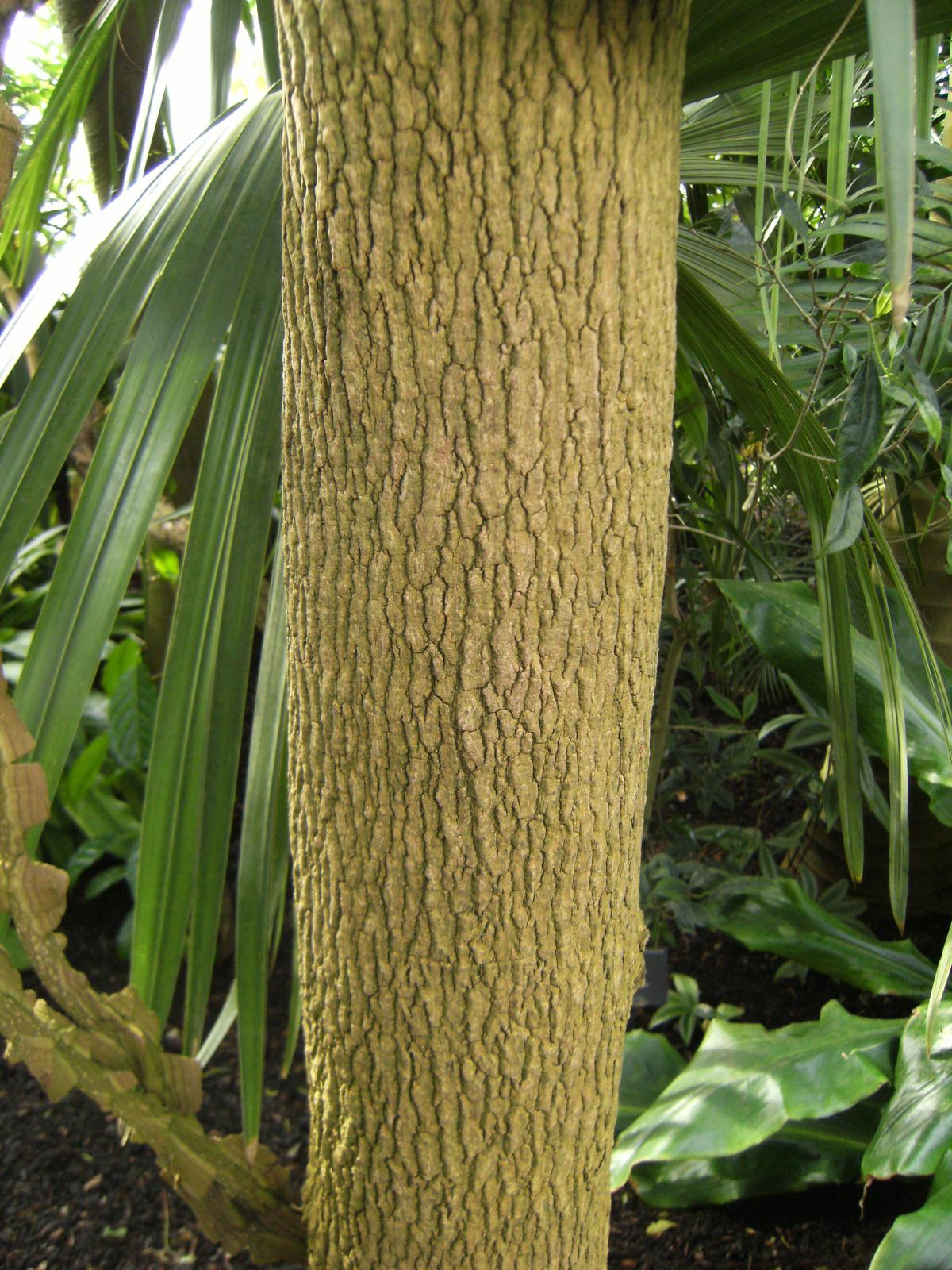


Tamarind Tamarindus Indica Feedipedia


Tamarindus Indica L Plants Of The World Online Kew Science



Photo Artistic Image Photo Free Trial Bigstock
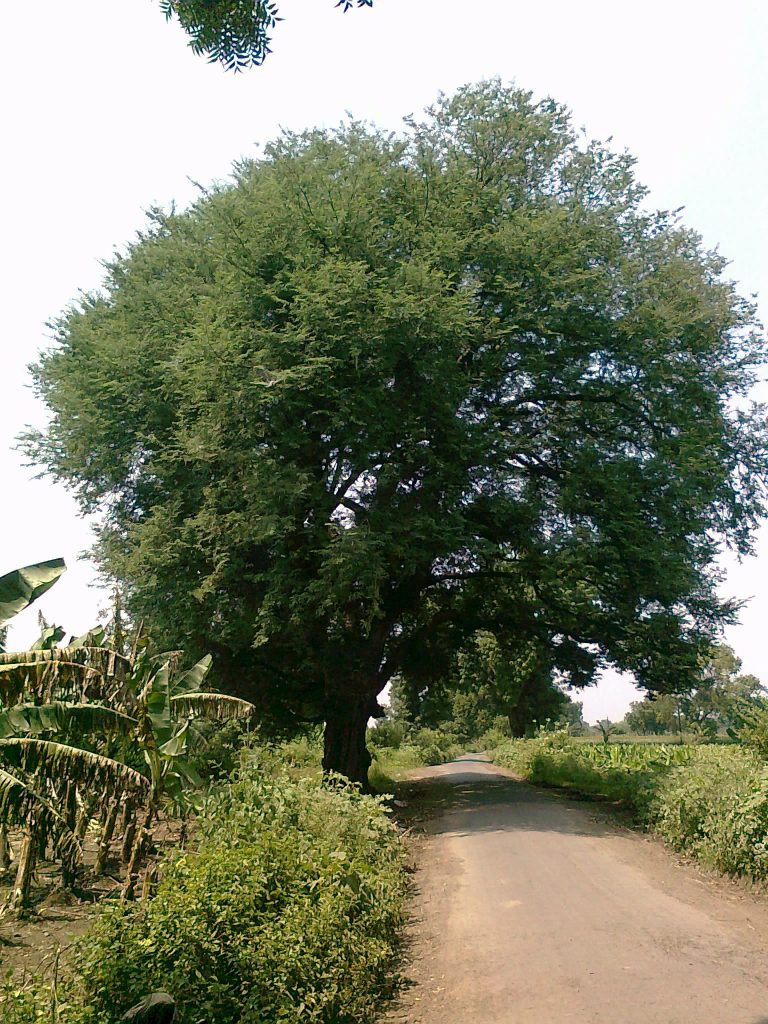


Plant A Tamarind Tree To Decorate Your Property Part 2 Garden Lovers


File Tamarindus Indica Ditsl 2 Jpg Wikimedia Commons
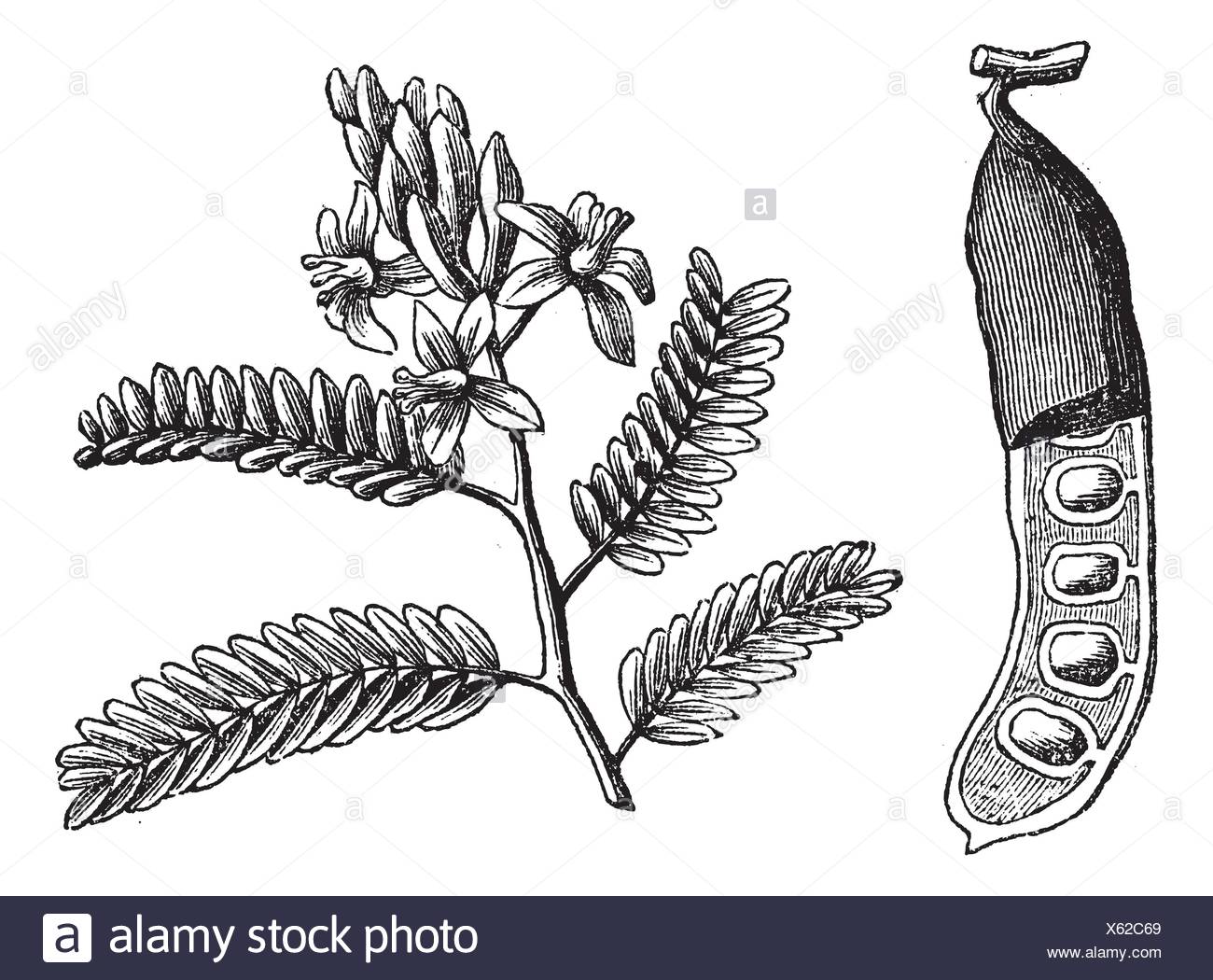


Tamarind Tamarindus Indica Vintage Engraved Illustration Tamarind Leaf And Seed On White Trousset Encyclopedia 16 11 Stock Photo Alamy
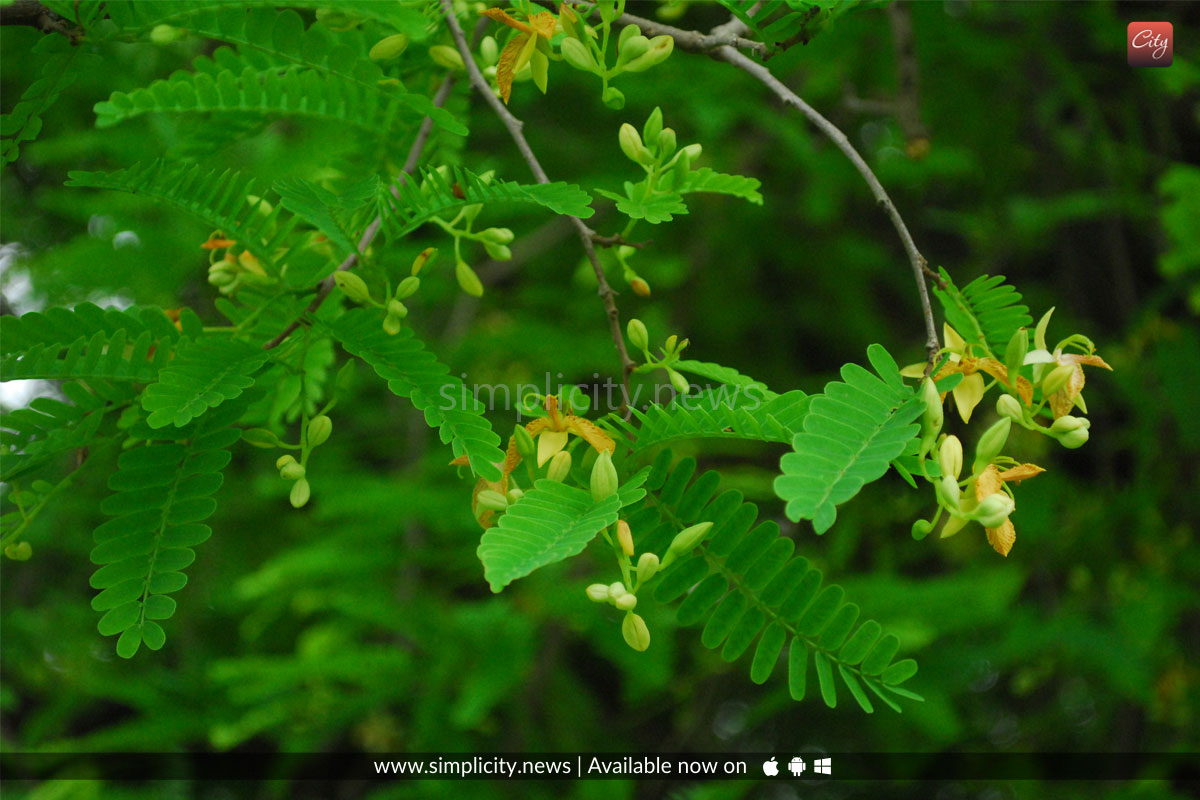


Have You Tasted The Flavours Of Tender Tamarind Leaves Simplicity



Tamarind Bonsai Tree Tamarindus Indica Youtube



Tamarind Leavestamarind Family Leguminosae Caesalpinioideae Tamarindus Stock Photo Edit Now



Tamarind Tree Or Tamarindus Indica Showing Its Branches Leaves Stock Photo Picture And Royalty Free Image Image
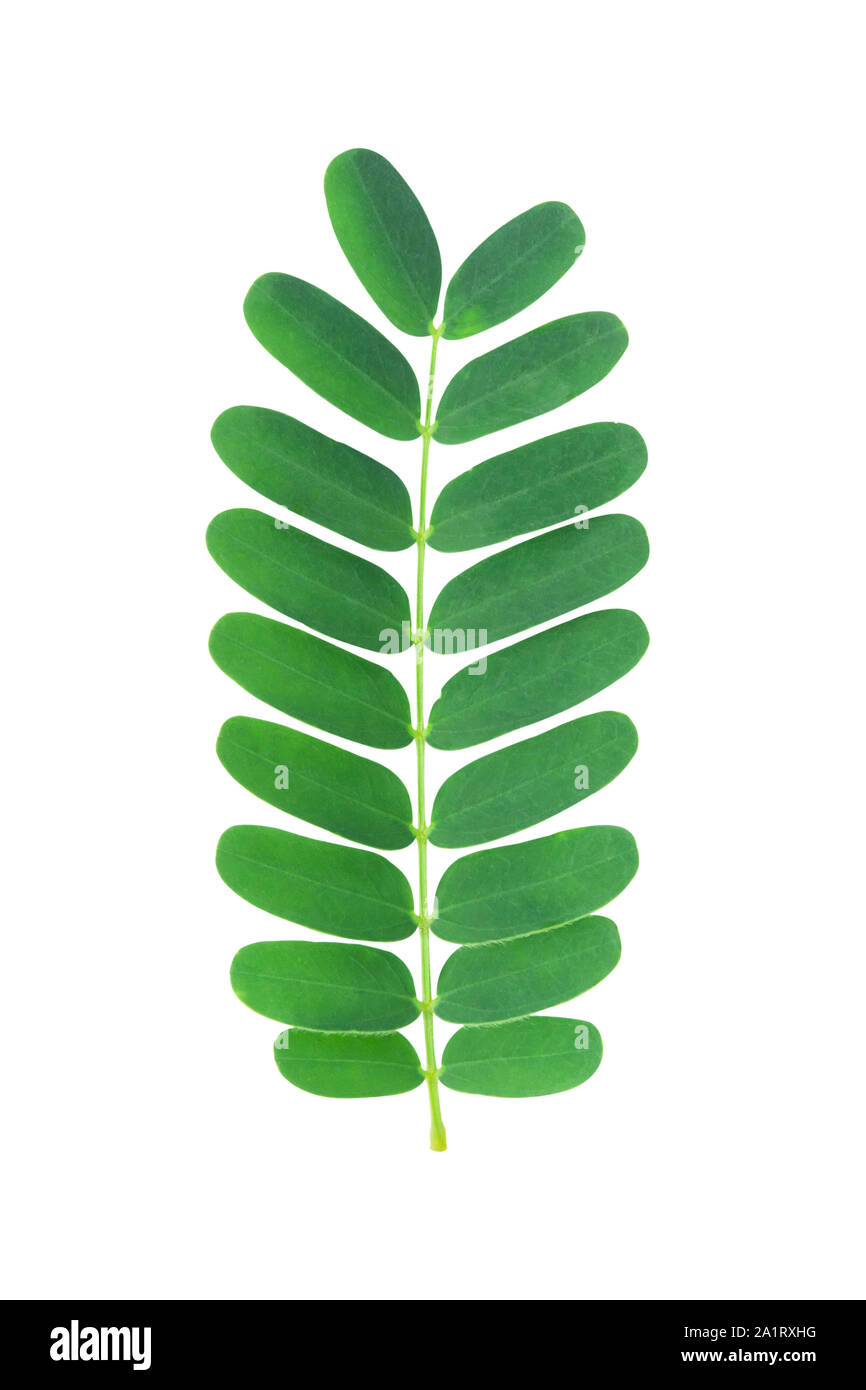


Tamarind Leaf High Resolution Stock Photography And Images Alamy



Tamarind Leaves On White Background Tamarindus Indica Stock Photo Picture And Royalty Free Image Image



Beautiful Tamarind Leaves Green And Branches Royalty Free Stock Image Stock Photos Royalty Free Images Vectors Footage Yayimages
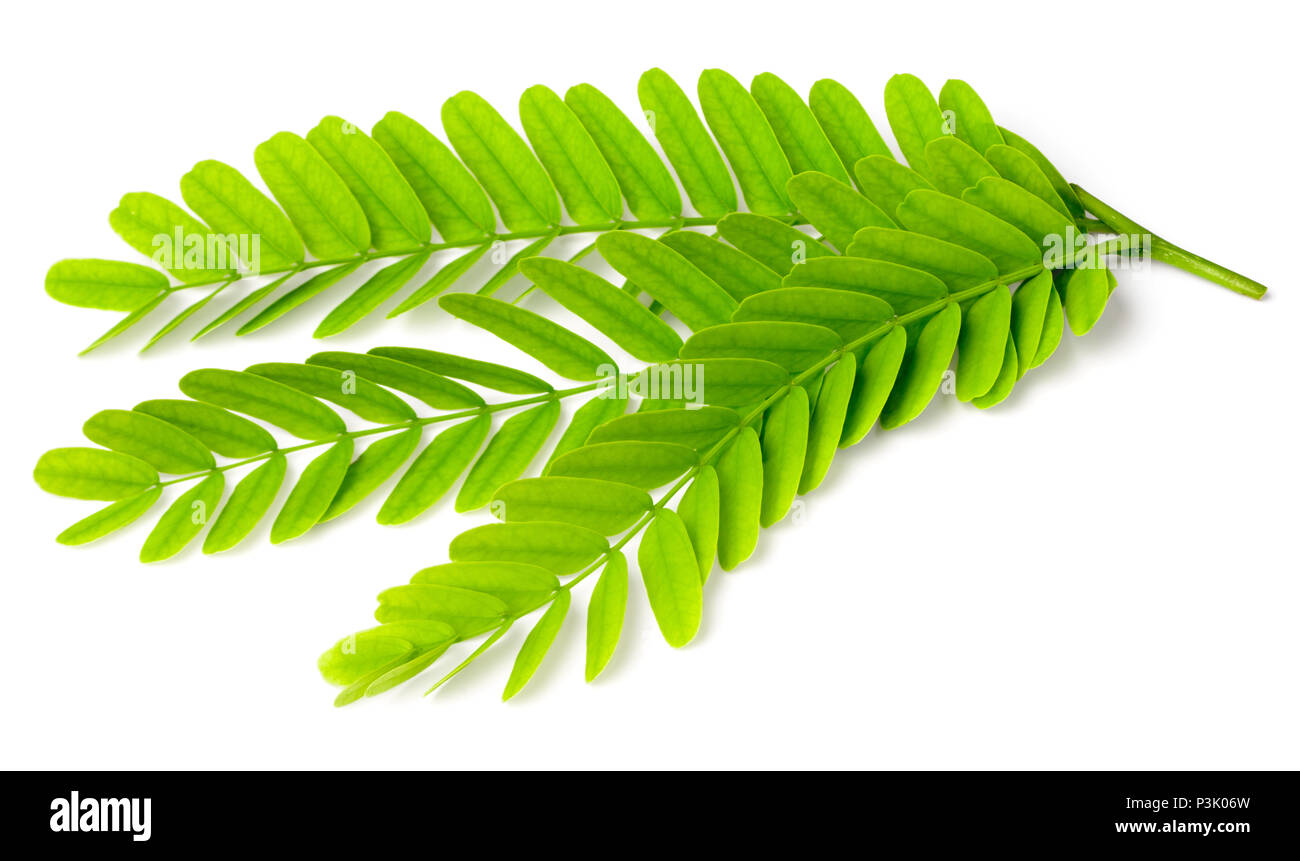


Page 3 Tamarindus High Resolution Stock Photography And Images Alamy



Leaves Tamarind Stock Illustrations 0 Leaves Tamarind Stock Illustrations Vectors Clipart Dreamstime



Young Tamarind Leaves Stock Photo Download Image Now Istock



Fresh Green Tamarindus Image Photo Free Trial Bigstock



Tamarind Tamarindus Indica Stock Photo
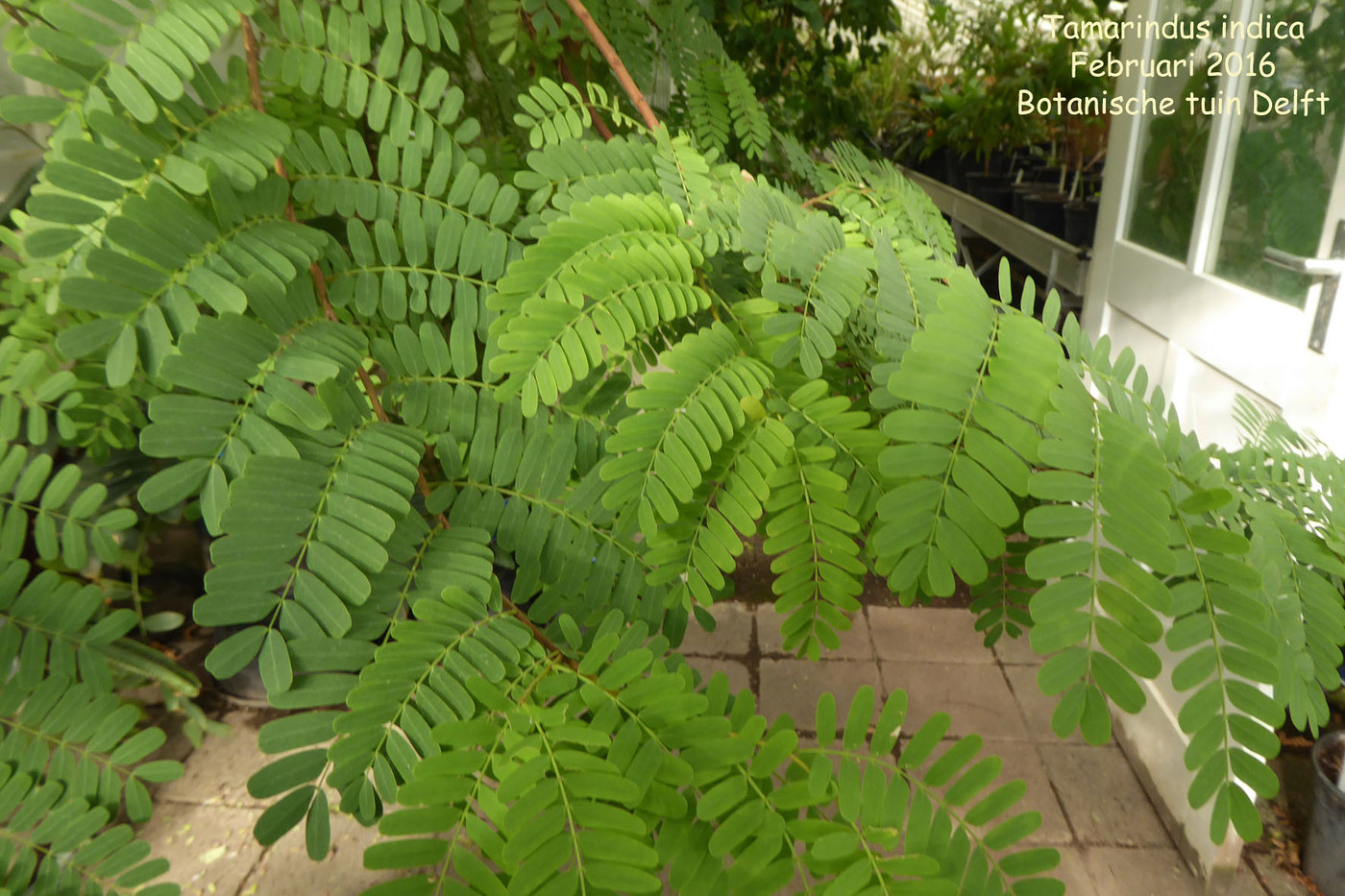


Photo Tamarindus Indica Z Fabaceae Others Album Nora Goosen



Tamarind Tree Green Leaf Traditional Medicine Stock Photo Download Image Now Istock
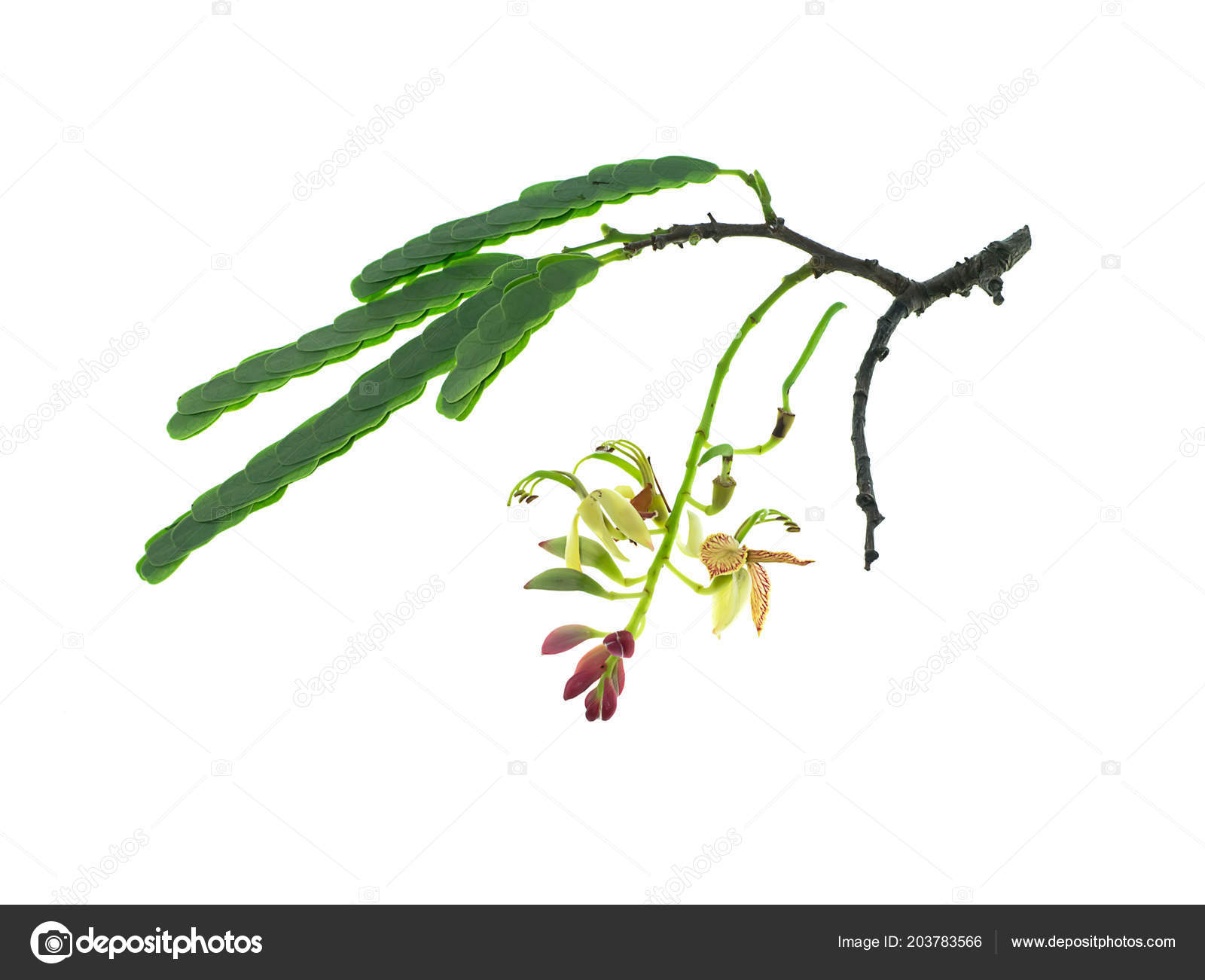


Tamarind Flower Leaves White Background Tamarindus Indica Stock Photo Image By C Noppharat Th



Small Green Color Leaves Of Tamarind Tree Stock Image Image Of Natural Decor



Tamarindus Ind En By Bioversity International Issuu



Young Plant Tamarindus Indica In The Plastic Pot Isolated Stock Photo Picture And Royalty Free Image Image
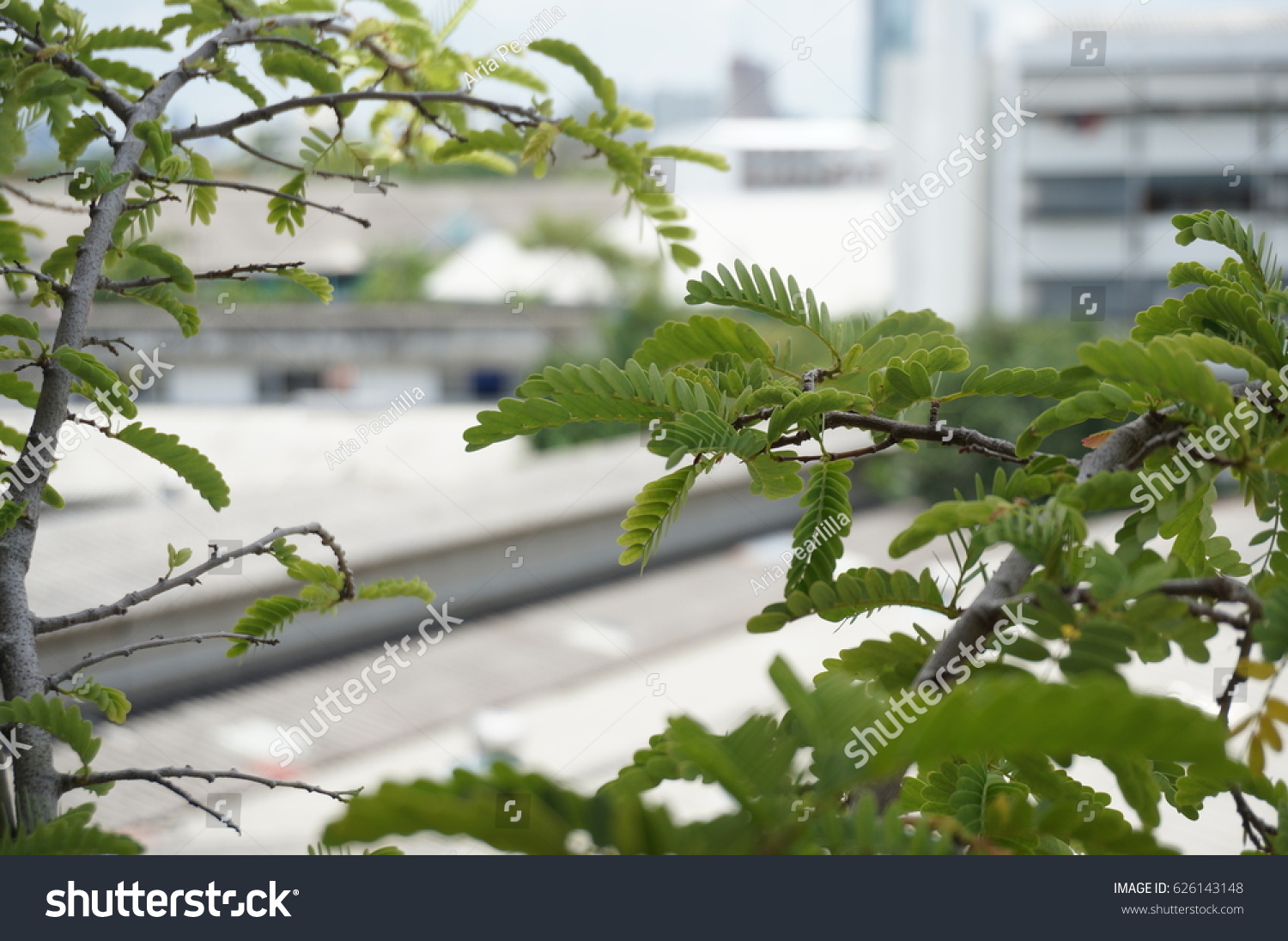


Photo Colorful Tamarind Tamarindus Indica Leaves Stock Photo Edit Now



File Tamarindus Indica Tree Trunk Leaves Fruit Jpg Wikimedia Commons



13 Amazing Health Benefits Of Tamarind Leaves Tamarind Benefits Tamarind Juice Benefits Health


Tamarind Seeds Tamarindus Indica Sampalok Indian Date Tropical Fruit Caribbeangardenseed
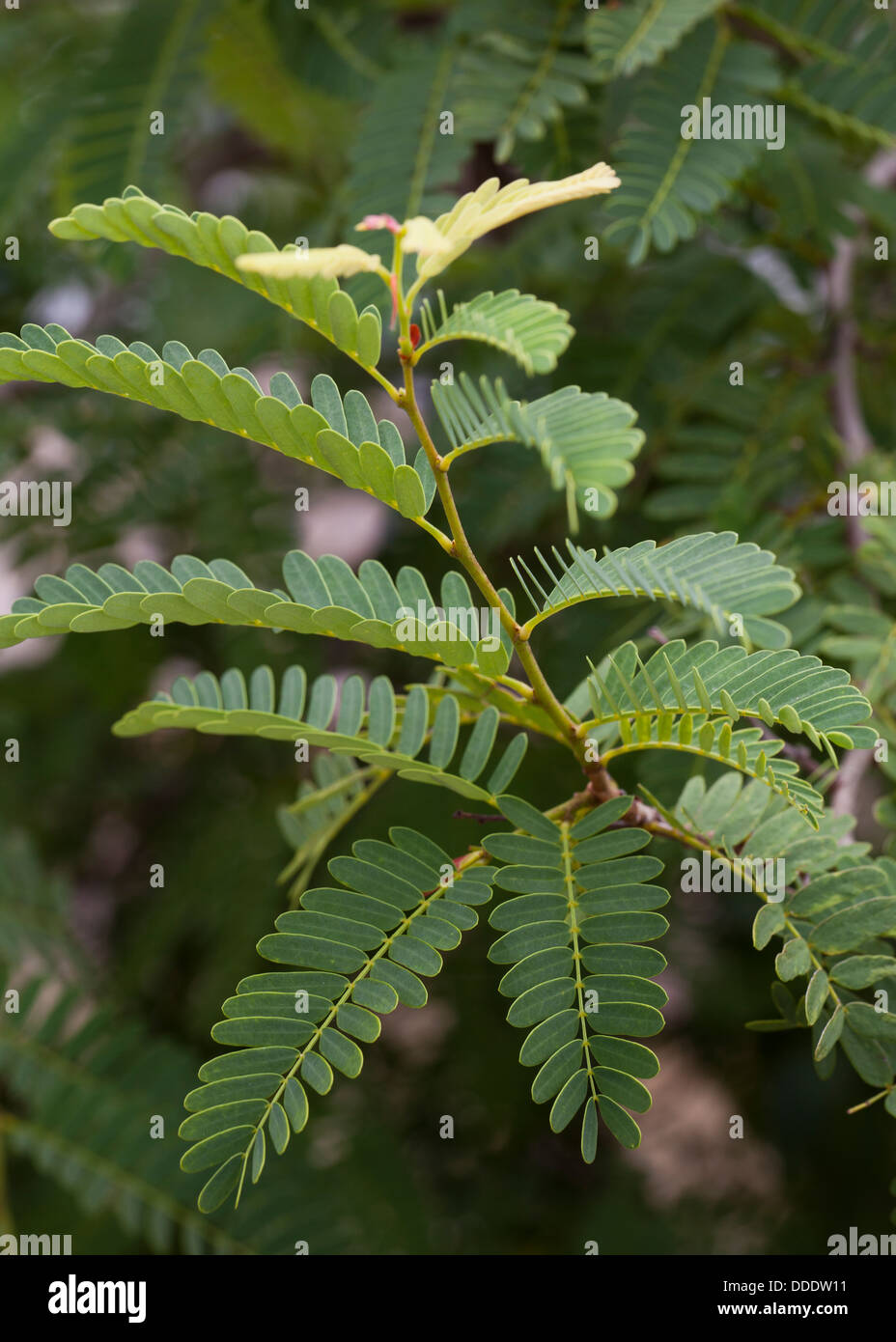


Tamarind Leaves Tamarindus Indica Stock Photo Alamy
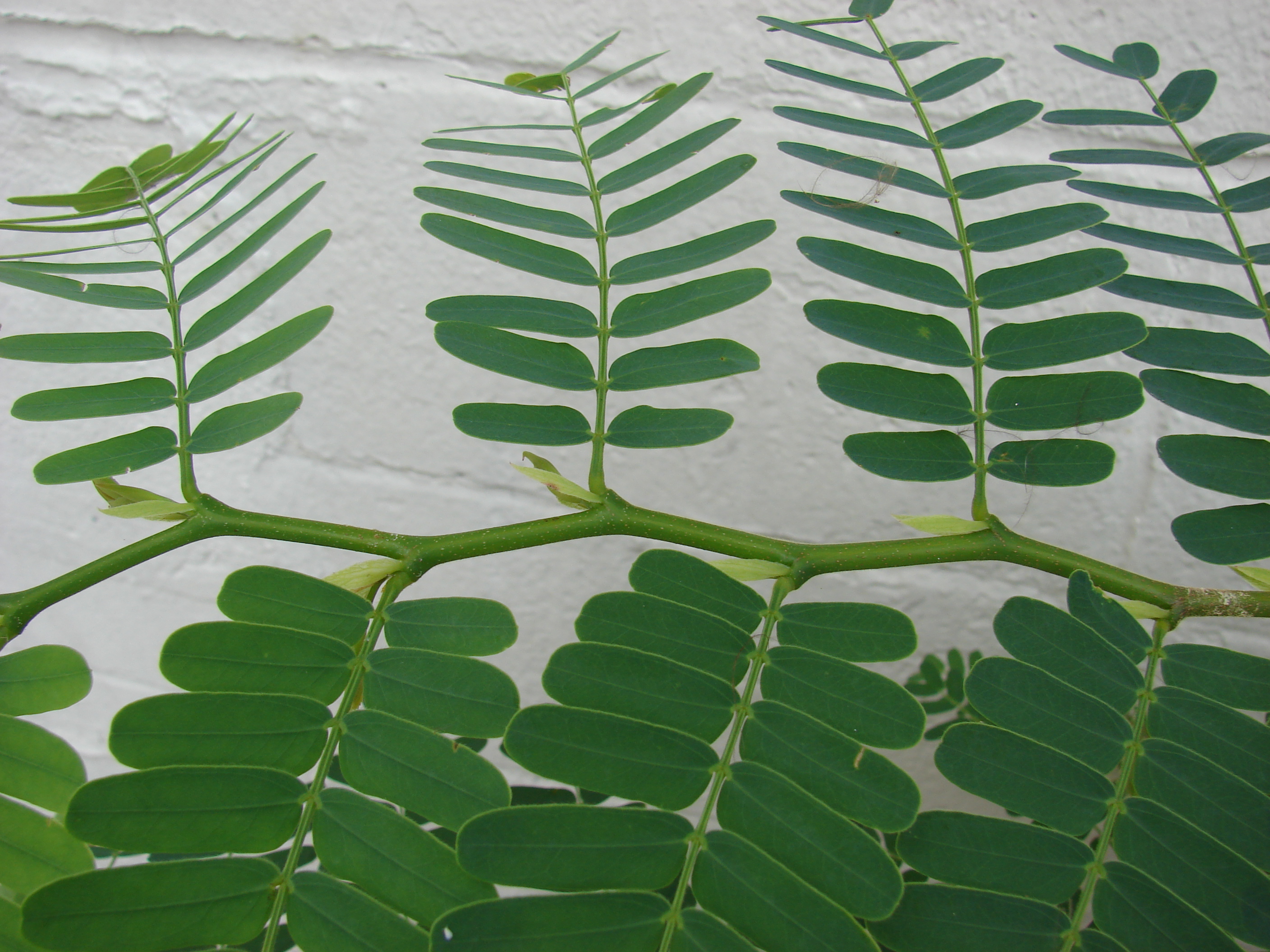


File Starr 7553 Tamarindus Indica Jpg Wikimedia Commons



Tamarindus Indica Tamarind Territory Native Plants



Fresh Green Tamarindus Image Photo Free Trial Bigstock


Tamarind Wikipedia
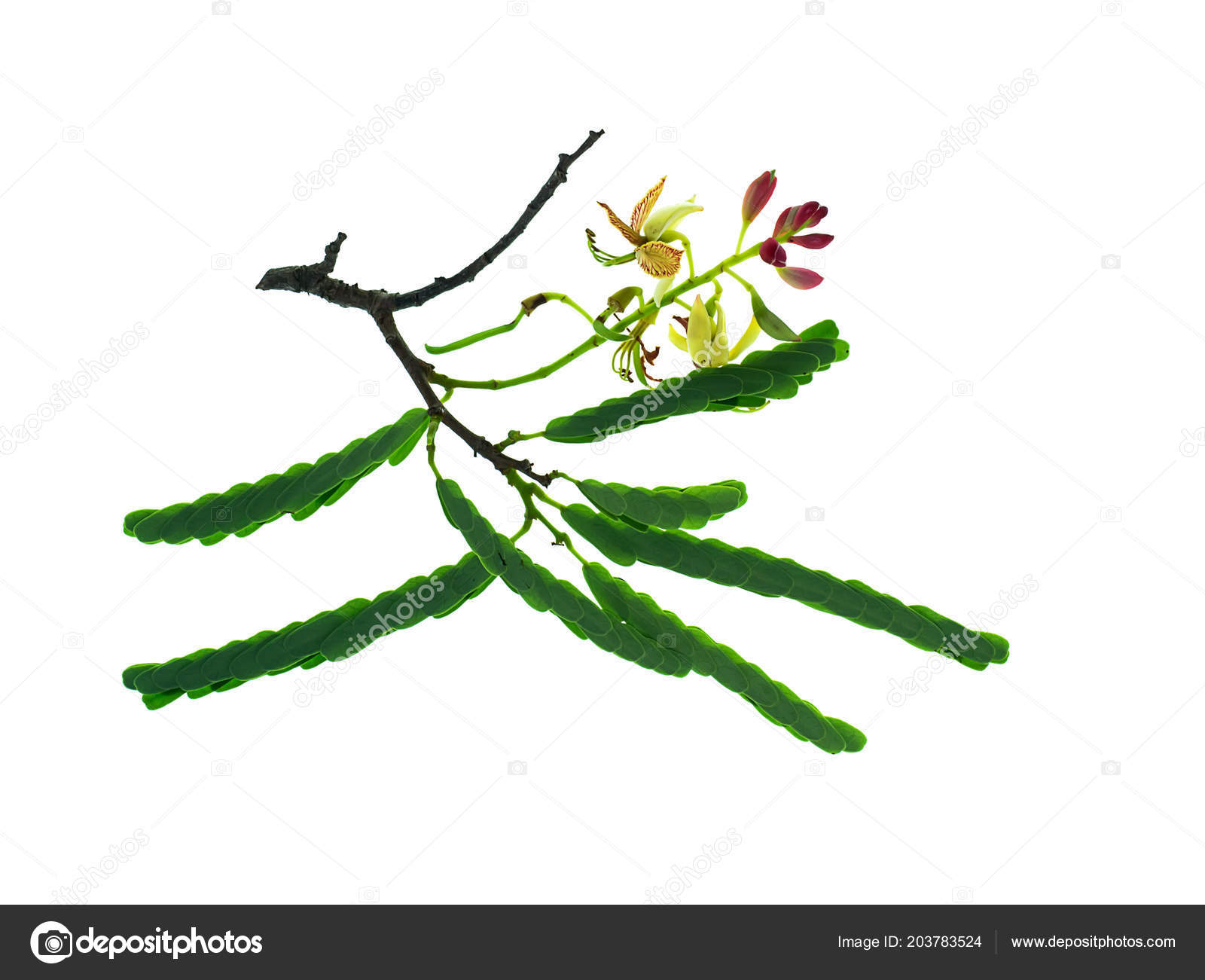


Tamarind Flower Leaves White Background Tamarindus Indica Stock Photo C Noppharat Th



Tamarind Pods T Indica With Leaves Paths Photo By Maxsol7 On Envato Elements



Tamarindus Indica Leaves Stock Photo Download Image Now Istock



File Starr 7474 Tamarindus Indica Jpg Wikimedia Commons
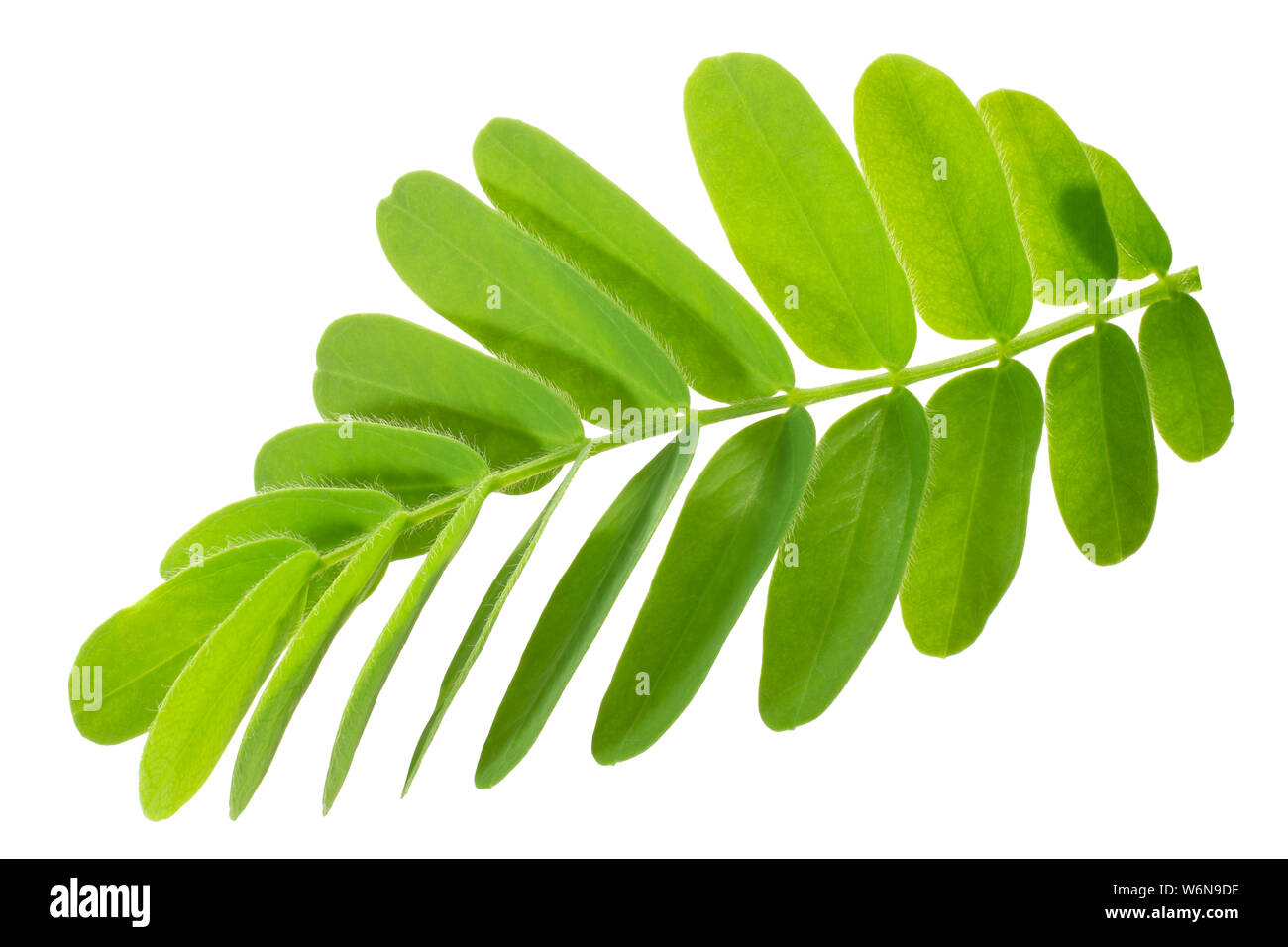


Tamarind Tamarindus Indica Leaves Isolated Stock Photo Alamy



Tamarind Tamarindus Indica Medicinal Plant Vector Image



Science Source Stock Photos Video Rain Drops On Tamarind Leaves



File Starr 7468 Tamarindus Indica Jpg Wikimedia Commons
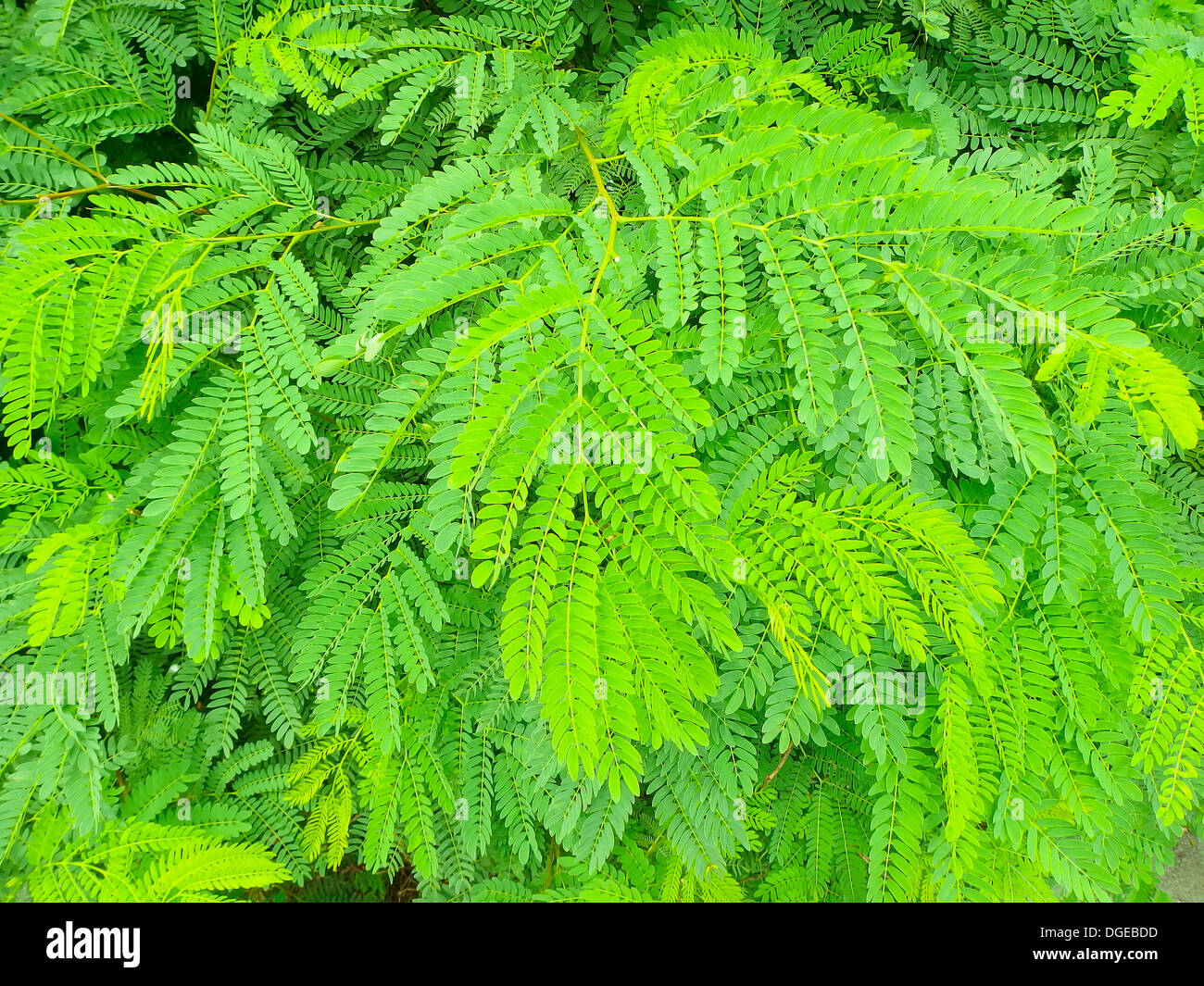


Tamarind Tree High Resolution Stock Photography And Images Alamy
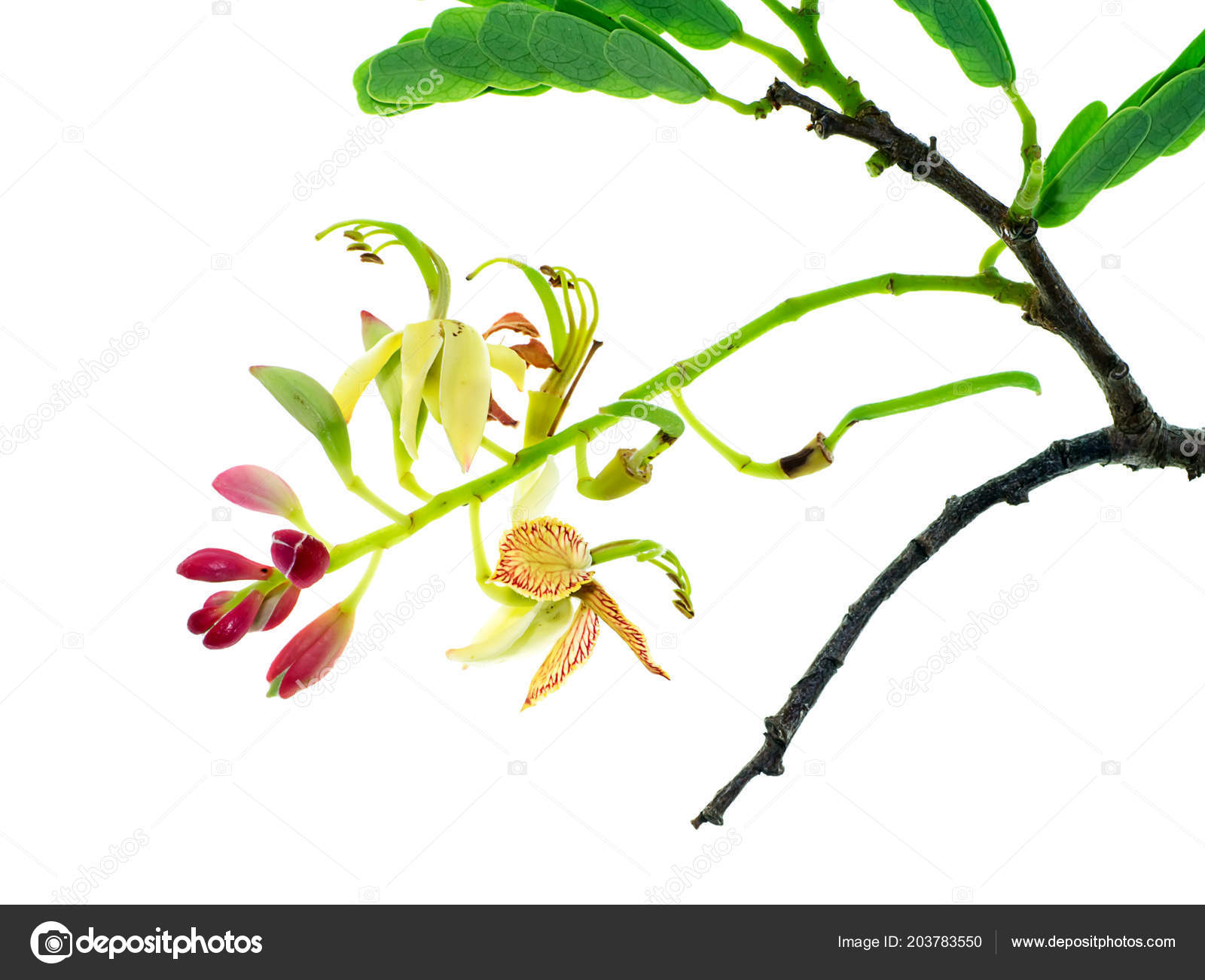


Tamarind Flower Leaves White Background Tamarindus Indica Stock Photo Image By C Noppharat Th
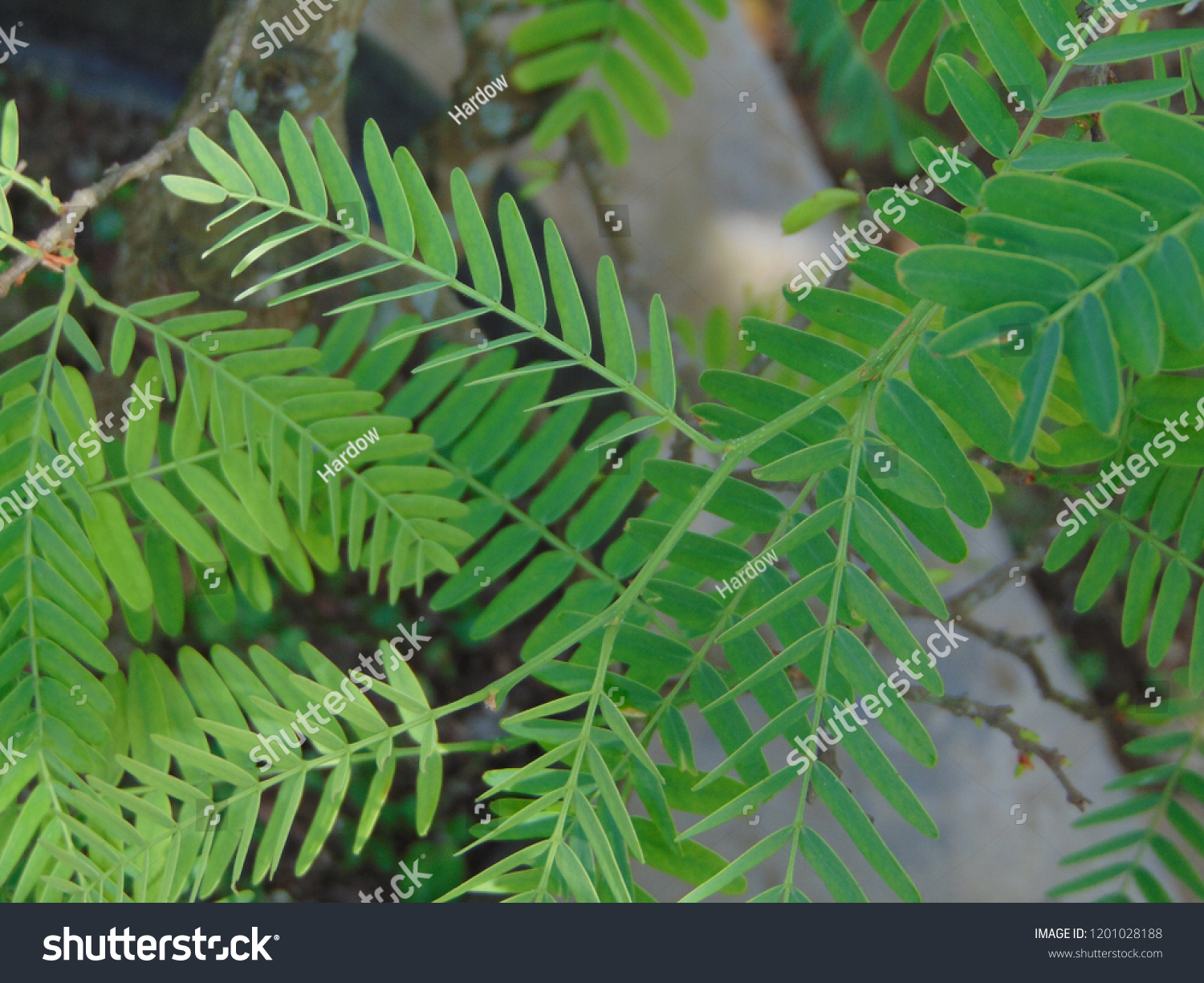


Tamarind Leaves Produced By Trees Scientific Stock Photo Edit Now



Tamarind Tamarindus Indica Ii By Salix Cortex On Deviantart



Tamarindus Indica Or പ ള മര വ ളൻപ ള Cpmkutty Flickr



Medicinal Plants Tamarindus Indica Imli Tamarind Chinta Puli
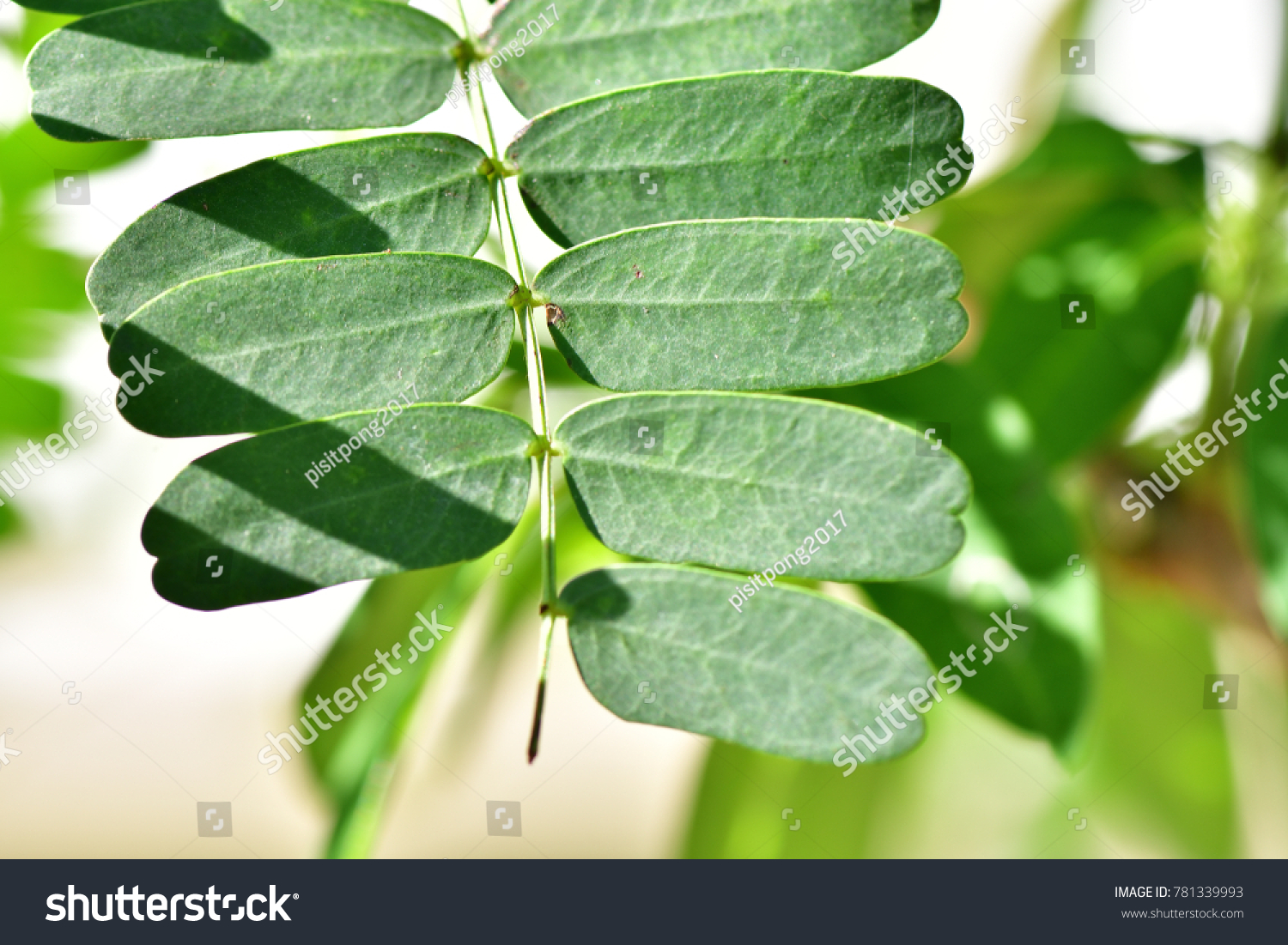


Tamarindus Indica Tamarind Indian Date Appearance Stock Photo Edit Now



Amazon Com 10 Seeds Tamarindus Indica Tamarind Tree Orchid Like Flowers Container Or Standard Bonsai Gardening Butterflies And Hummingbirds Love Garden Outdoor



Tamarind Cotyledon Germinating Tamarind Seeds Seeds Plants Tamarind



Pdf Tamarindus Indica Introduction In India And Culinary Medicinal And Industrial Uses Semantic Scholar



1 Branch With Leaves And Fruit 2 Flower Drawing News Photo Getty Images


Tamarind Tree How To Plant Grow Harvest Tamarind


Tamarindus Indica L Plants Of The World Online Kew Science



Tamarindus Indica Leaves On Bark Tree Stock Photo Picture And Royalty Free Image Image



Pdf An Overview Of Tamarindus Indica Linn Chemistry And Pharmacological Profile Semantic Scholar



Pdf Leaf Oil Of Tamarindus Indica L



Wwf India Dyk Tamarind Tamarindus Indica Or Imli Facebook



0 件のコメント:
コメントを投稿